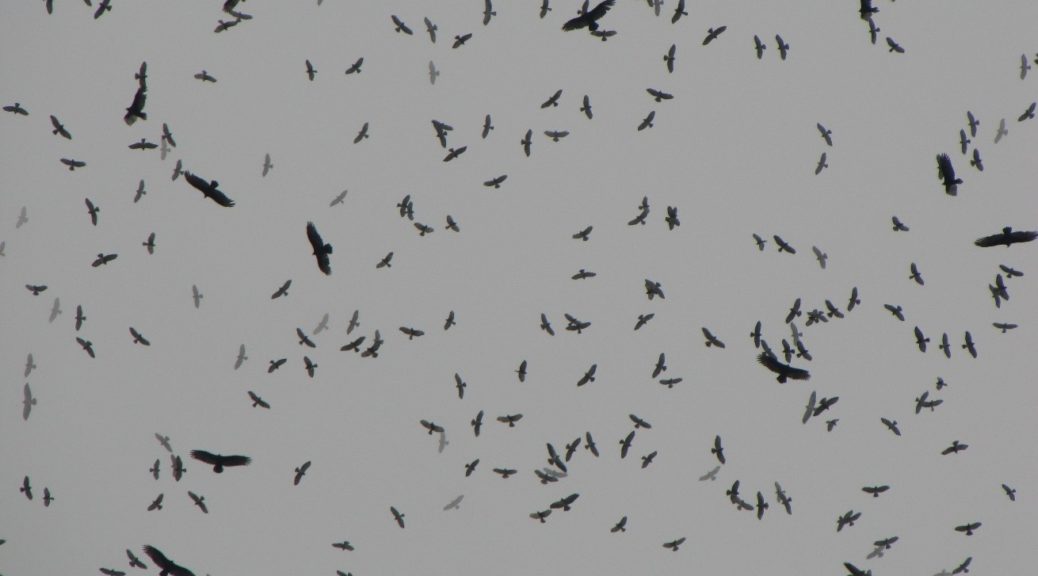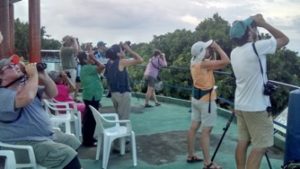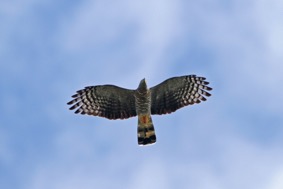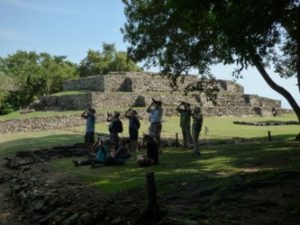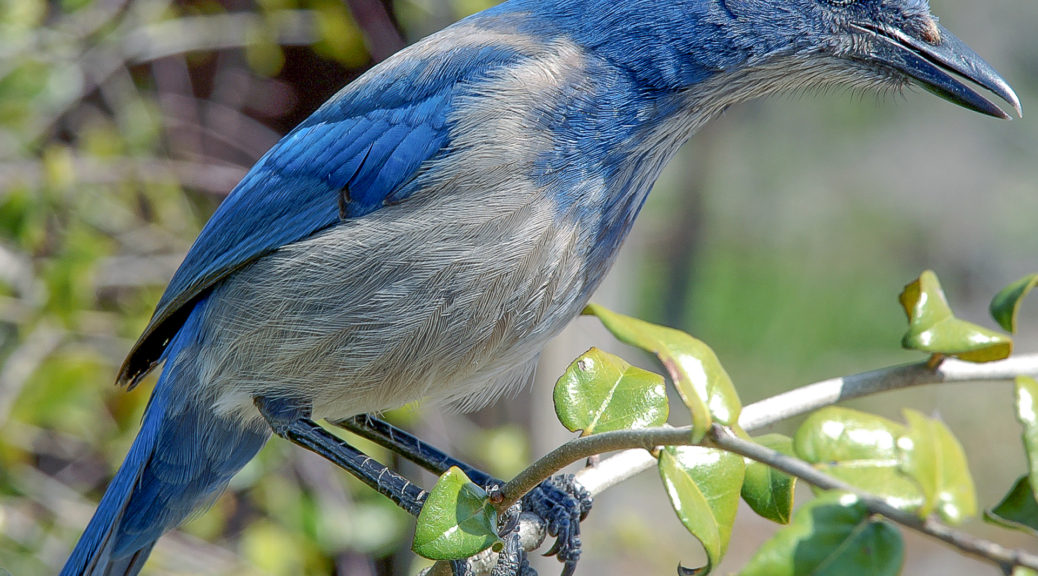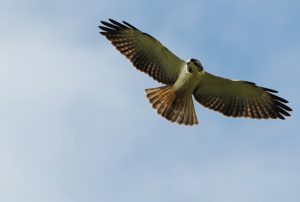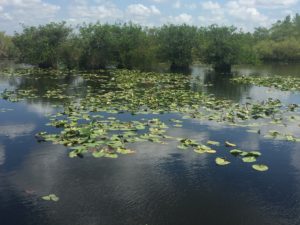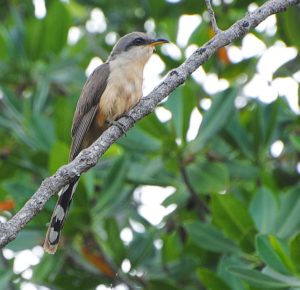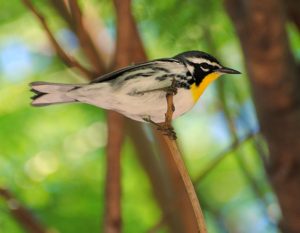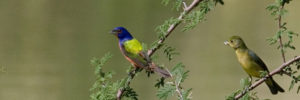Perhaps we should blame the poets for European birds’ unfair reputation for being drab and nondescript. After all, Edgar Allen Poe chose the monochromatic Raven to quote, and Percy Shelley wrote ‘To a Skylark’, a “little brown job” if there ever was one.
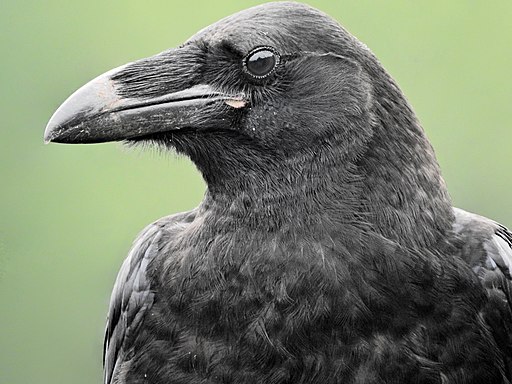
Raven, xulescu_g via Creative Commons 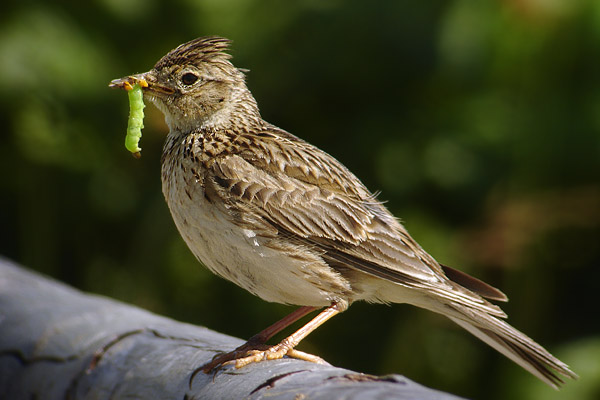
Skylark, Daniel Pettersson via Wikimedia Commons
Maybe these men never got out of the sooty city with a pair of binoculars, because their melancholy might have been lifted by considering a Western Capercaillie, peering at an Atlantic Puffin, or getting off their foggy islands altogether to glimpse a turquoise flash of European Roller, or the rainbow buzz of a European Bee-eater. Many European birds have both character and flash!

We asked our guides to share with us European birds that guests always love to see there, featuring upcoming tours where you may cross the pond for your own look!
One bird that made all of the lists is the uncommonly beautiful Common Kingfisher, which, true to its name, can be found on all of Naturalist Journeys’ European birding and nature tours. There are 114 species of kingfisher on the planet, and the single kingfishers in European birds column is truly a dazzler!
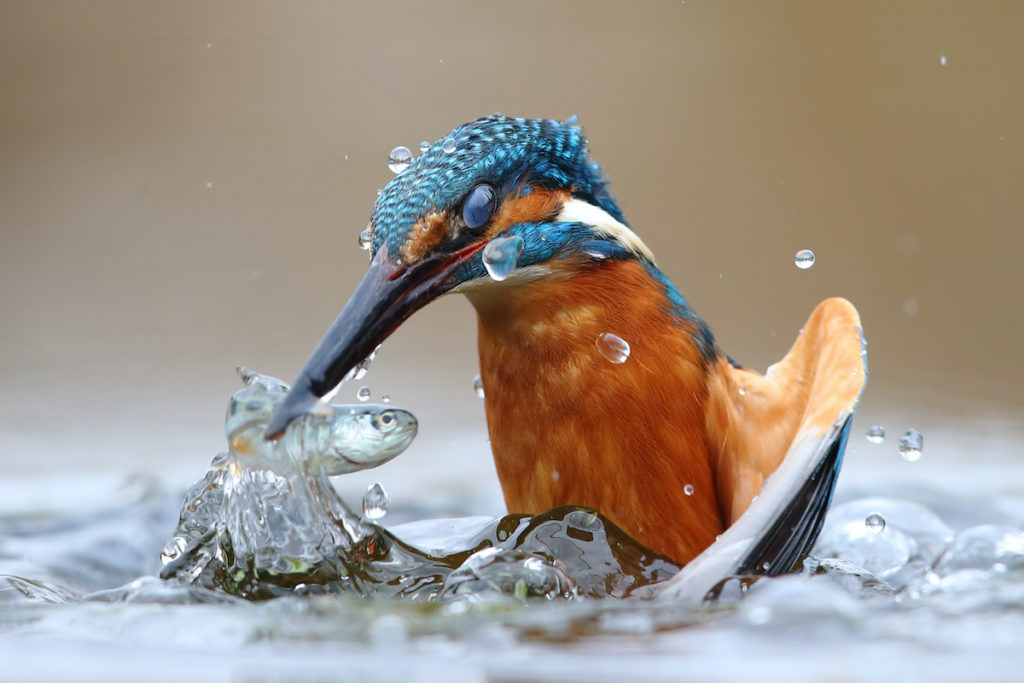
Another special, water-loving bird widespread on our European birding and nature tours is the Eurasian Spoonbill.

Guide: Gerard Gorman; Tour: Lesvos, Greece: Migration April 22 – 29, 2023
This unpack-once jewel of a tour on the Greek island of Lesvos is one of five guided by one of the most highly regarded birding guides in all of Europe, Gerard Gorman, the author of two birding guides to Europe and seven books about woodpeckers, his personal passion! Our most recent Lesvos, Greece guests added handsome Middle-spotted Woodpecker two times to their species list, along with show-stopping European Bee-Eaters, gregarious birds recorded every day of the tour.
Other guest favorite birds of this tour included Collared Pratincole, Woodchat Shrike and Little Owl. (Little Owl is believed to be the source of the disinformation that owls are highly intelligent, as Athena, Greek Goddess of Wisdom, often carried one on her shoulder.)
Guide: Carlos Sanchez; Tour: Spain Birding and Nature, April 24 – May 7, 2023
Spain is strategically situated on one of Europe’s two principal flyways, and this spring migration tour gives great looks at many of the continent’s birds, including Spanish residents, migratory birds that breed in Spain and even northern European species that wintered in Africa and are headed home to pair up and nest.
Asked to share a few guest favorites, Carlos kindly gave us examples from the various legs of the tour:
“European Roller and Great Bustard are always favorites in the steppes (Caceres).”
“Eurasian Hoopoe and Eurasian Golden Oriole are also always big hits with groups, and they are fortunately quite widespread across our route.”
“Other guest favorites include Egyptian Vulture and Spanish (Imperial) Eagle at Monfrague, Iberian Magpie in the dehesas.
White-throated Dipper on clear streams in the Gredos.”
Guide: Chris Harbard; Tour: Ireland & Scotland Discovery May 17 – June 2, 2023
This fantastic cruise around the coastline and islands of Ireland and Scotland visits the very best of the British Isles with opportunities to see internationally important seabird colonies, and a wide range of other British and Irish birds as well as other wonderful wildlife. Seabirds don’t tend to be especially colorful, with the exception of Atlantic Puffin, which we hope to see in large numbers. Many are quite striking though, including Northern Gannet, Common Murre and Red-Billed Chough.
Your guide for this tour, Chris Harbard, is a well-known British ornithologist who spent 24 years working with the world’s largest bird conservation organization, the Royal Society for the Protection of Birds.
Guide: Dave Mehlman; Tour: Iceland Birding and Nature June 13 – 27, 2023
No bird, however striking, will be able to compete with the gorgeous landscape of Iceland, including geysers, grand waterfalls, wildflowers, glaciers, mountains and seacoasts. Bird counts aren’t high here, but there are some great ones, including Atlantic Puffin, Red-throated Loon, Rock Ptarmigan, Eurasian Golden Plover and Red-Necked Phalarope.
Guide: Gerard Gorman; Tour: Finland – Norway: Birding & Nature June 13 – 15, 2023
Finland and Norway and the next listed tour, share some of the same remarkable birds that migrate along the East Atlantic Flyway. Here are some that will be in both places mid-June, and below find a gallery of those particular to our Austria-Hungary tour. Our guests were delighted with our inaugural tour to Finland-Norway last year, and these birds were among their favorites to land on the species list. The Ruff is only seen on our Finland-Norway tour. The Capercaillie is also seen on our Scottish Highlands and Islands tours, next departure June 9– 21 (and yes, that Scottish Highlands tour features Atlantic Puffin. Who doesn’t love a puffin?)
Guide: Gerard Gorman; Tour: Austria–Hungary: Birds, Nature and Culture in the Heart of Europe June 19 – 30, 2023
Our route here takes us from Vienna to Budapest, visiting the many different and wonderful birding habitats in between, and accordingly there is a significant amount of culture on this tour. We also highlight the region’s other wildlife, plants, interesting heritage livestock breeds, and fine historic architecture. We enjoy local foods and even visit an old winery in Hungary! Many of the iconic European species can be seen on this tour. These three guest favorites are only seen on this tour: Red-crested Pochard, Common Cuckoo, and Red-footed Falcon.
Guide: Gerard Gorman; Tour: Romania & Bulgaria: Black Sea Coast Migration Sept. 15 – 24, 2023
This wonderful fall migration tour offers chances to see many of the Eastern European species already mentioned, along with these client favorites that may also be seen on our Austria-Hungary tour: Hawfinch, Black Woodpecker, White-tailed Eagle, Northern Lapwing.
Guide: Gerard Gorman; Tour: Portugal: Fabulous Birding and Culture Oct. 8 – 19, 2023
Like Spain, Portugal is situated on the East Atlantic flyway, the bird superhighway connecting Scandanavia and West Africa. Many of the birds already mentioned may be seen on this fabulous tour. Dapper Red-legged Partridge and endemic Sardinian Warbler are two of many great reasons to sign onto this culturally rich tour.

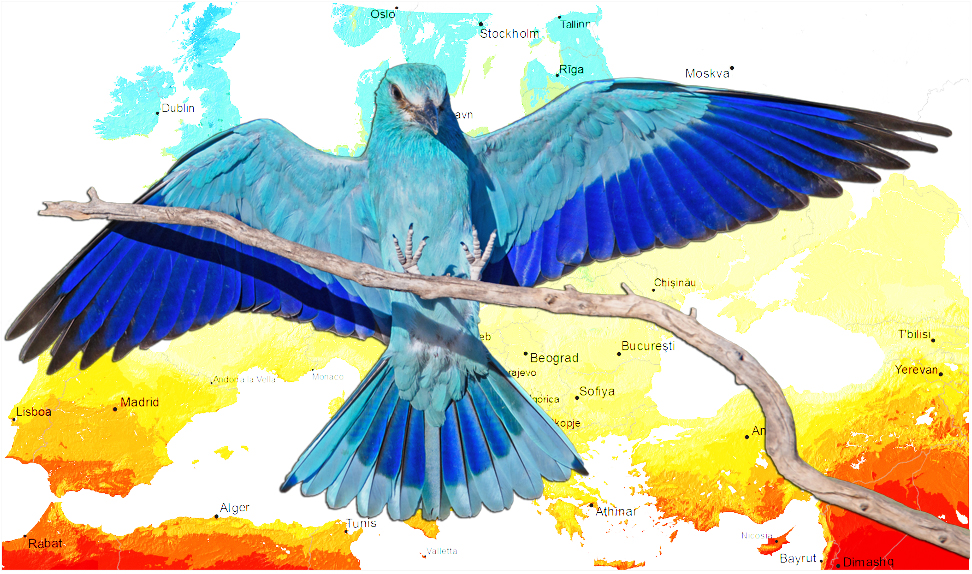
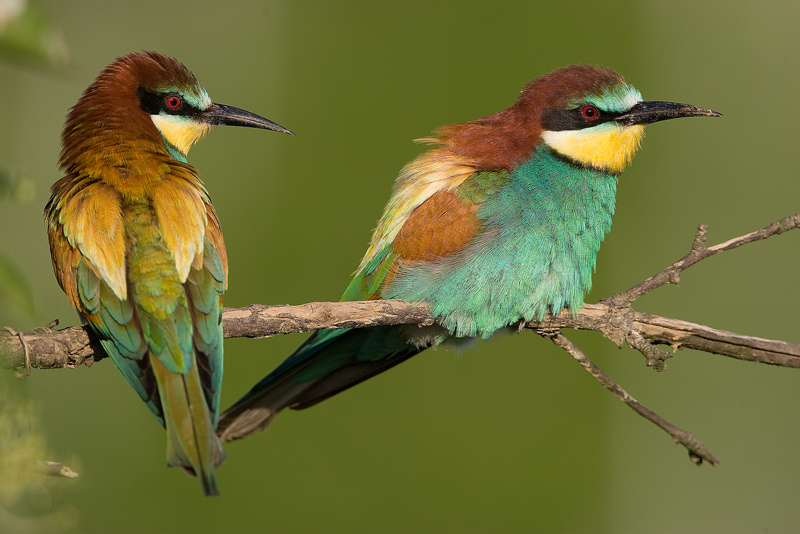

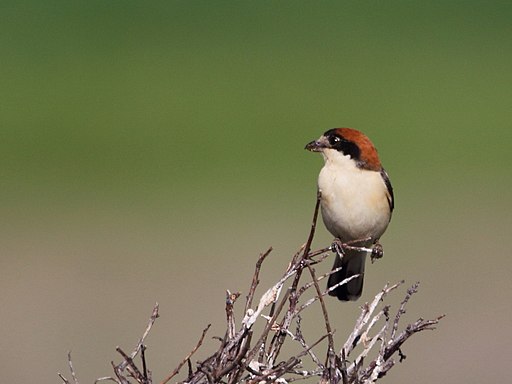
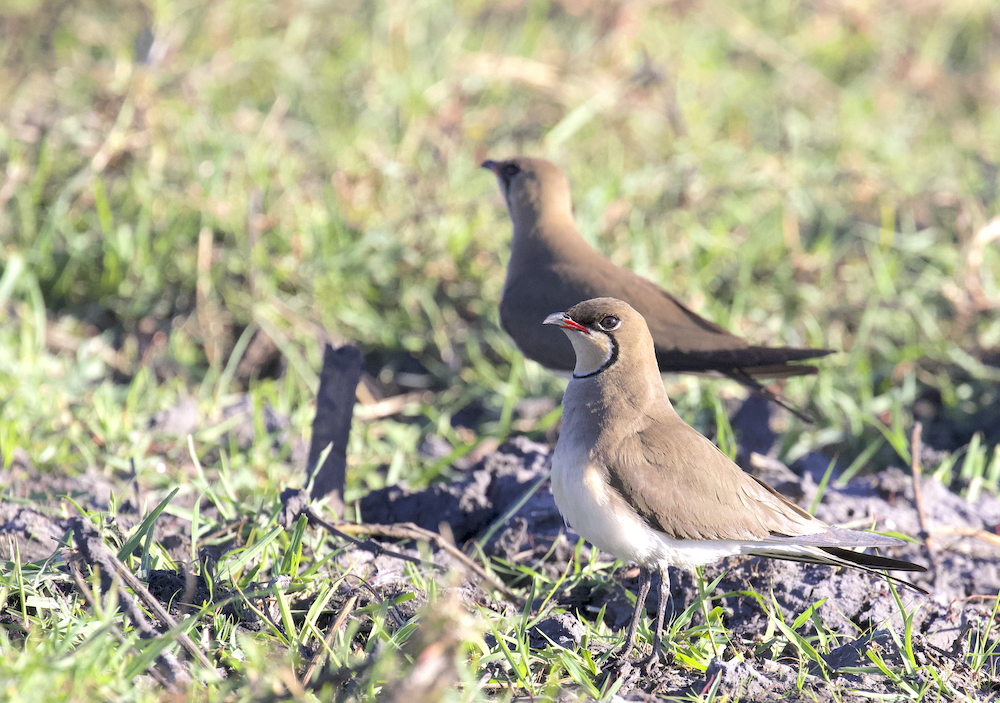
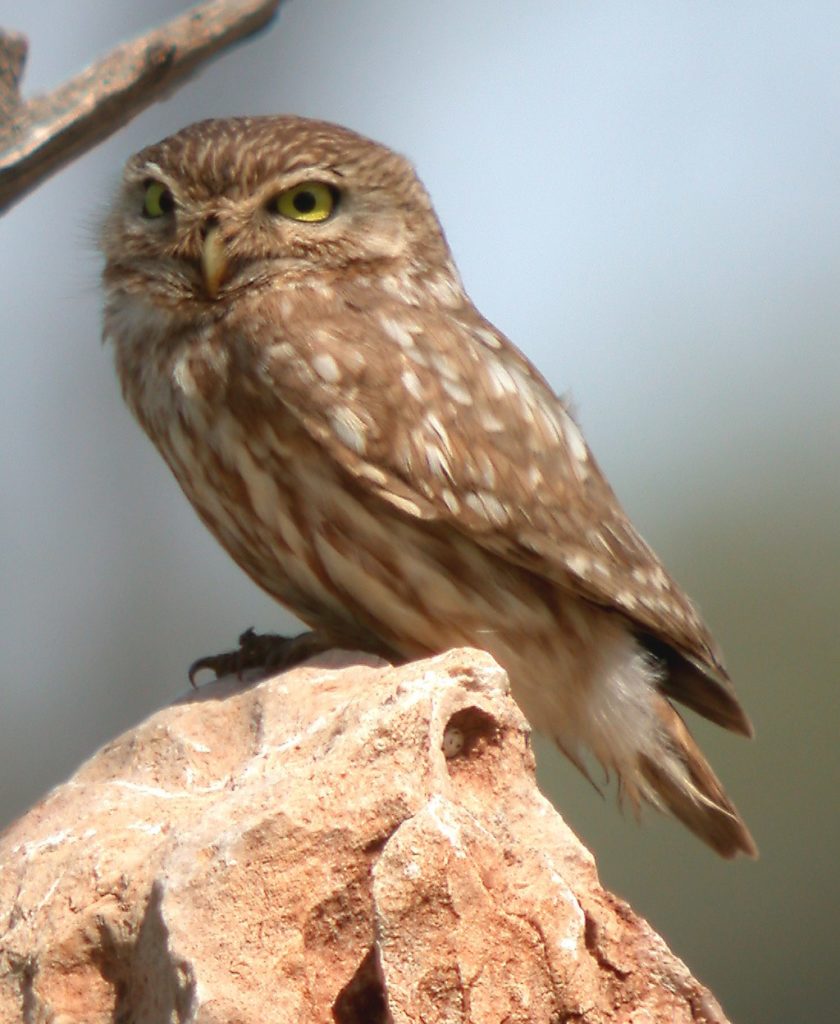
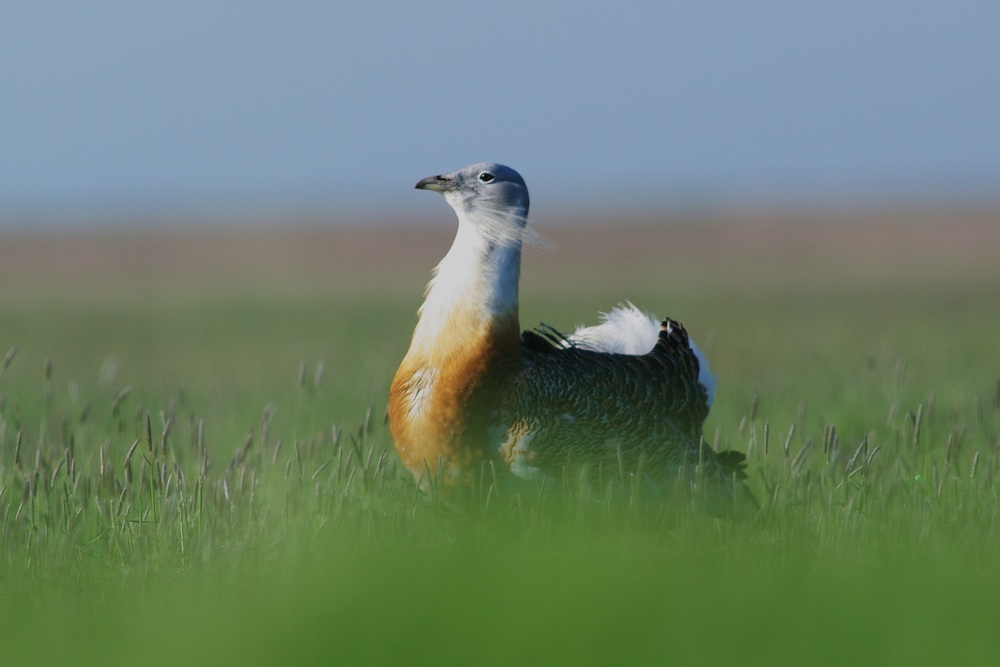

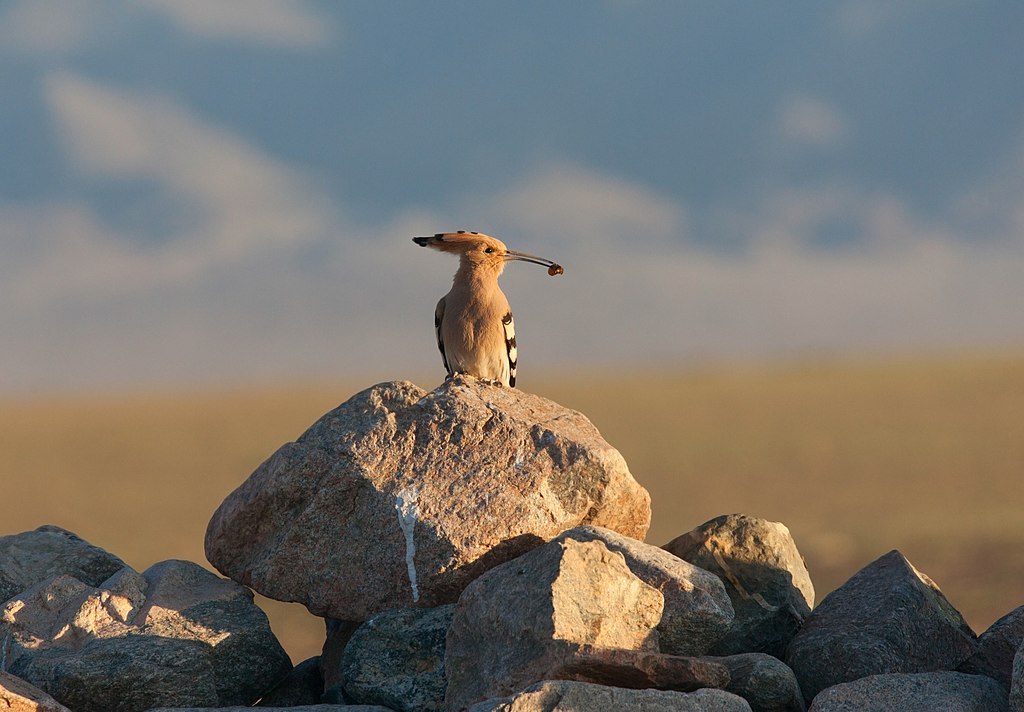

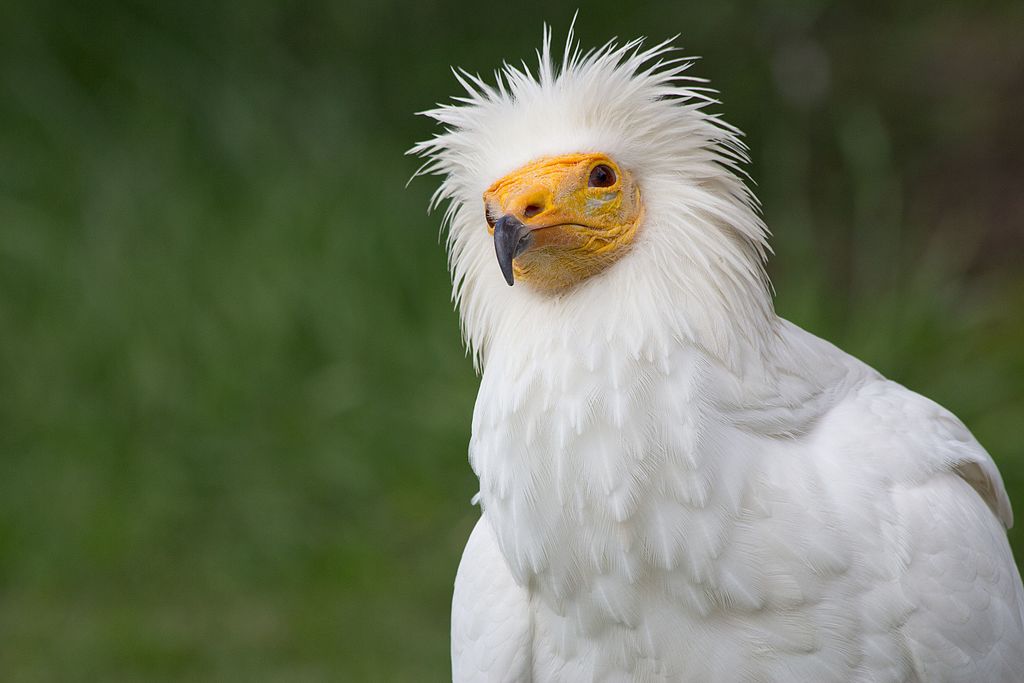

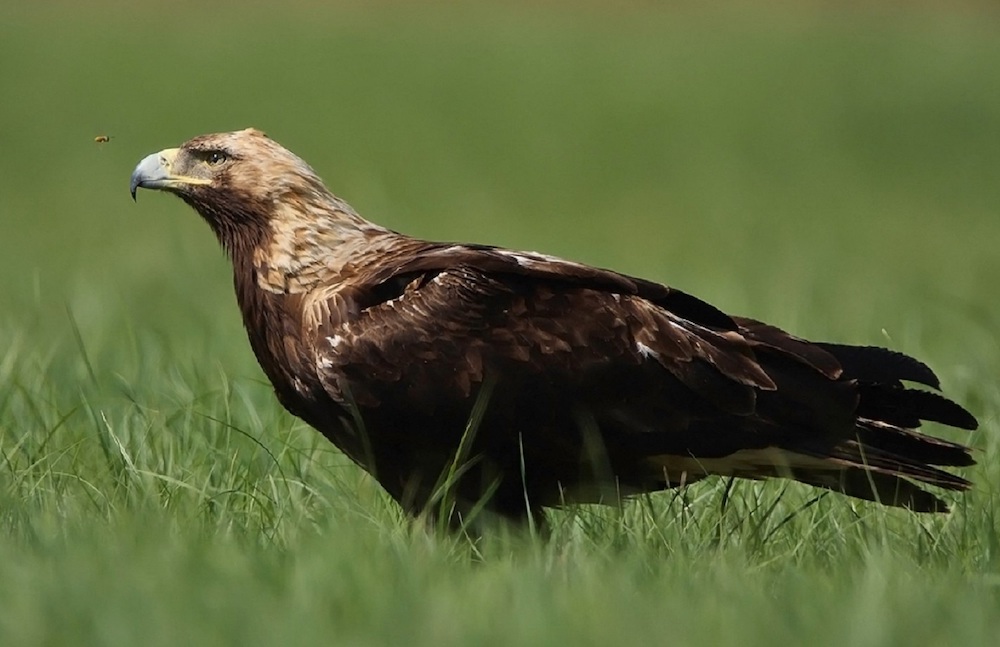
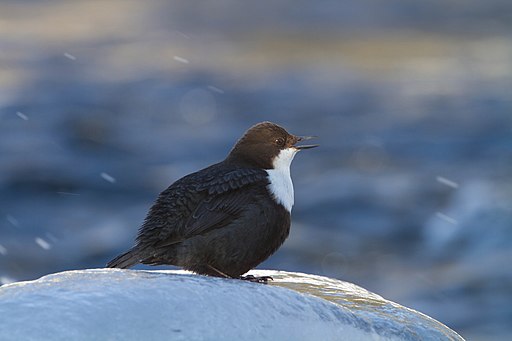
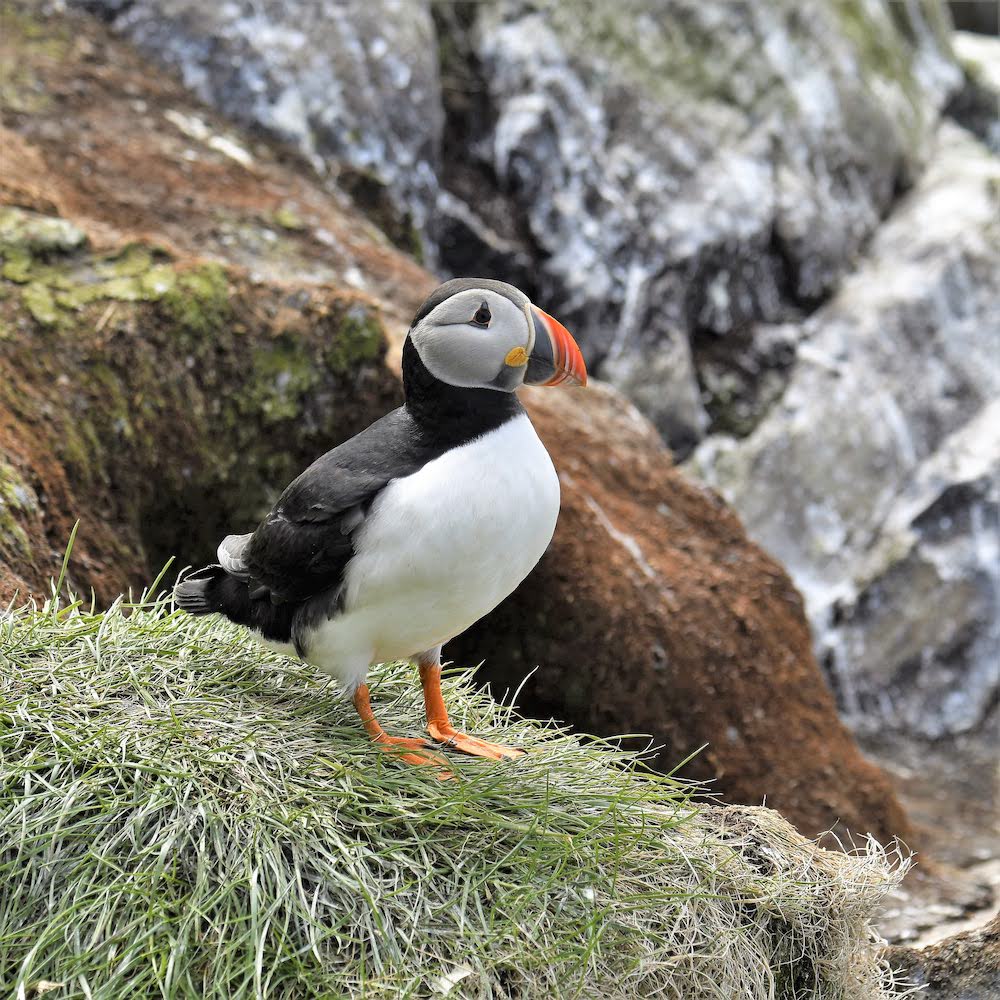
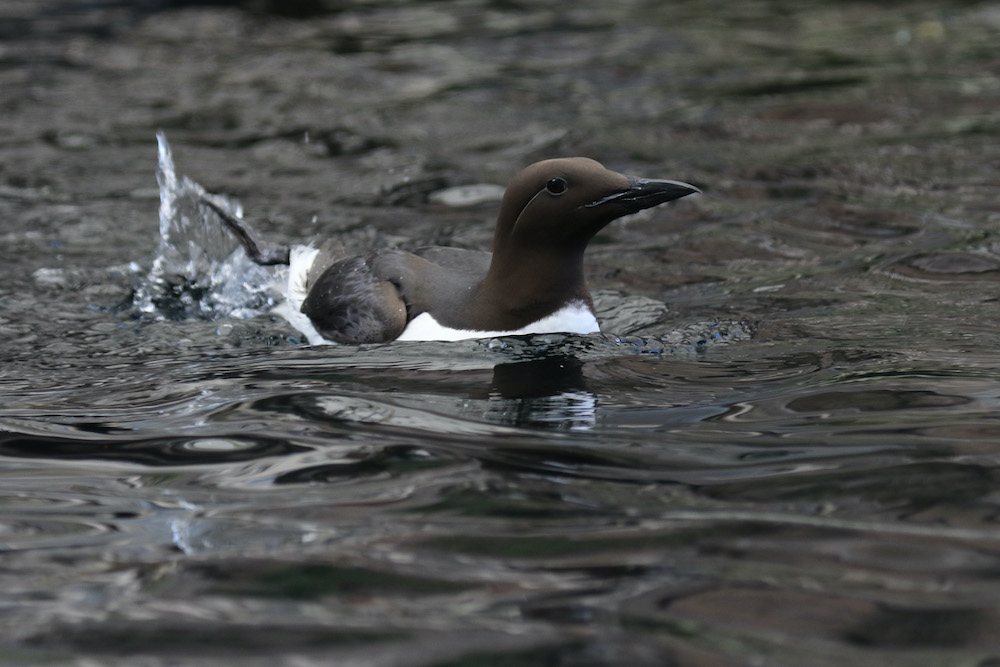
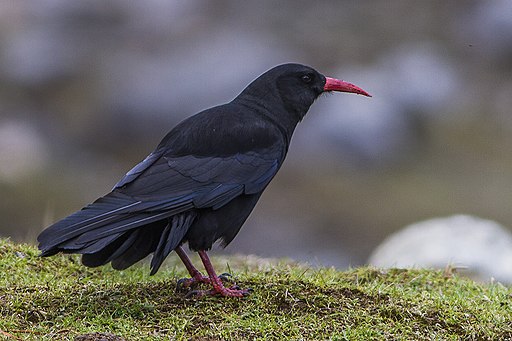
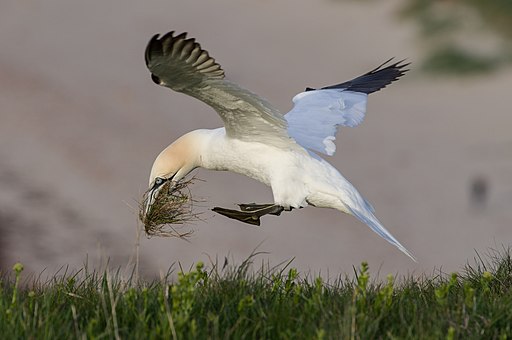
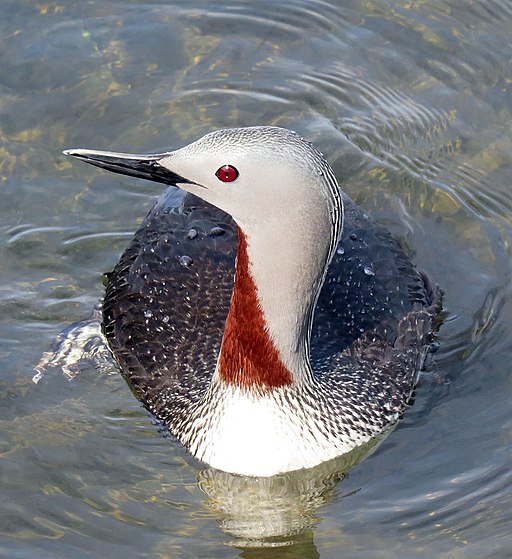
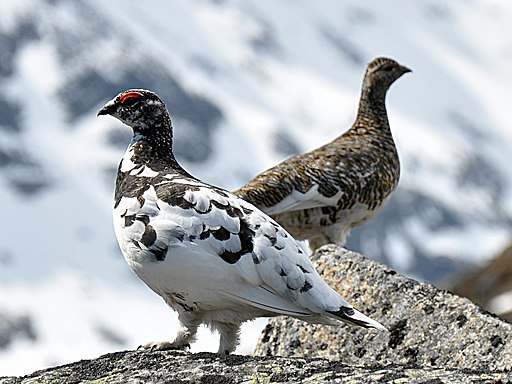


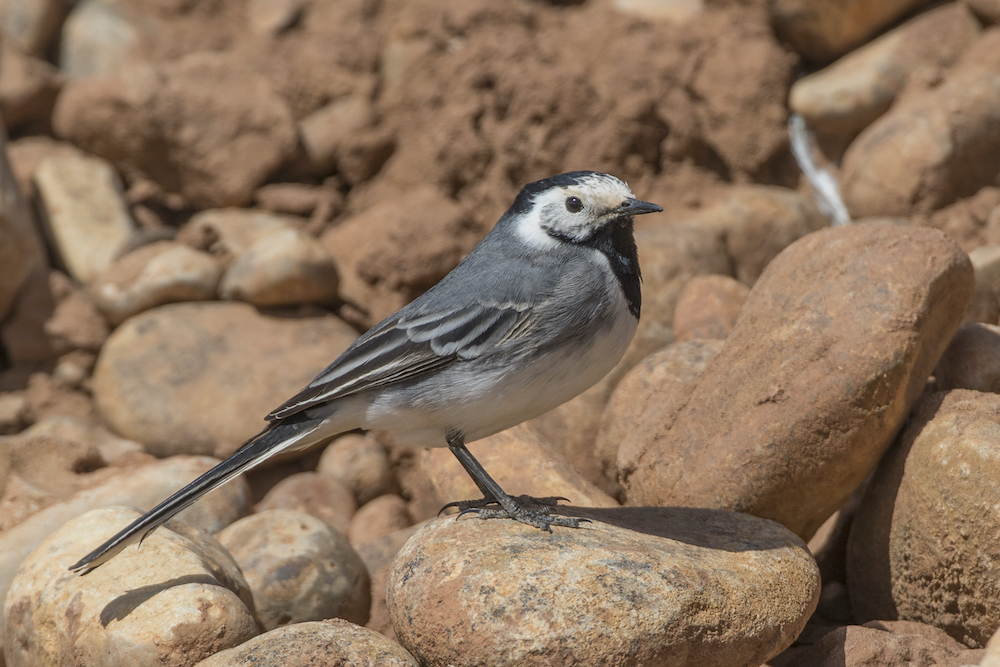
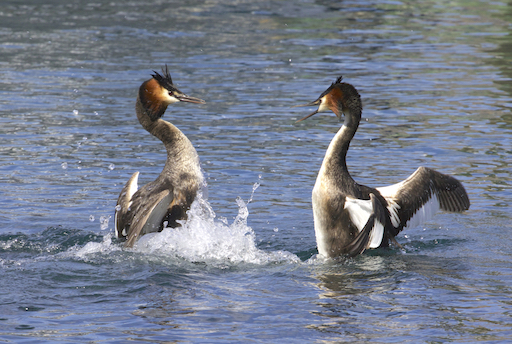
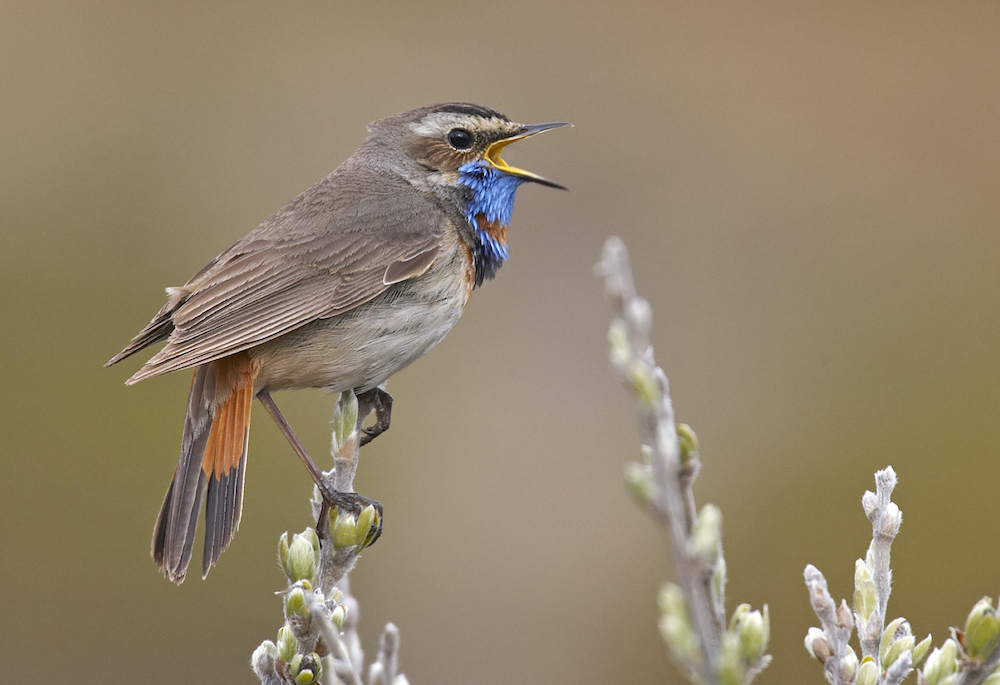
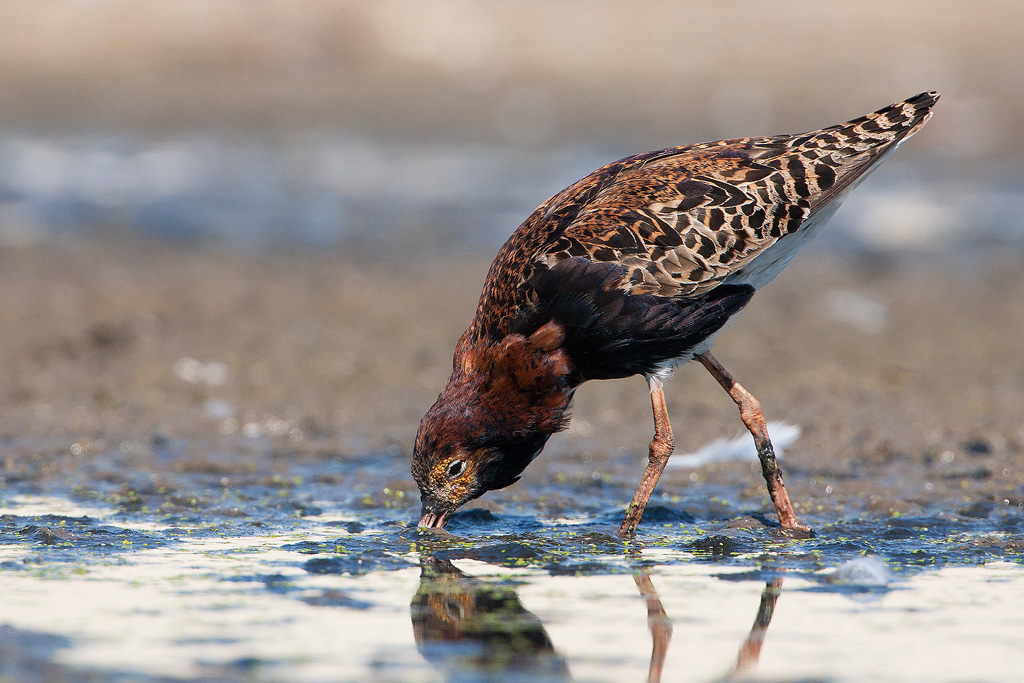
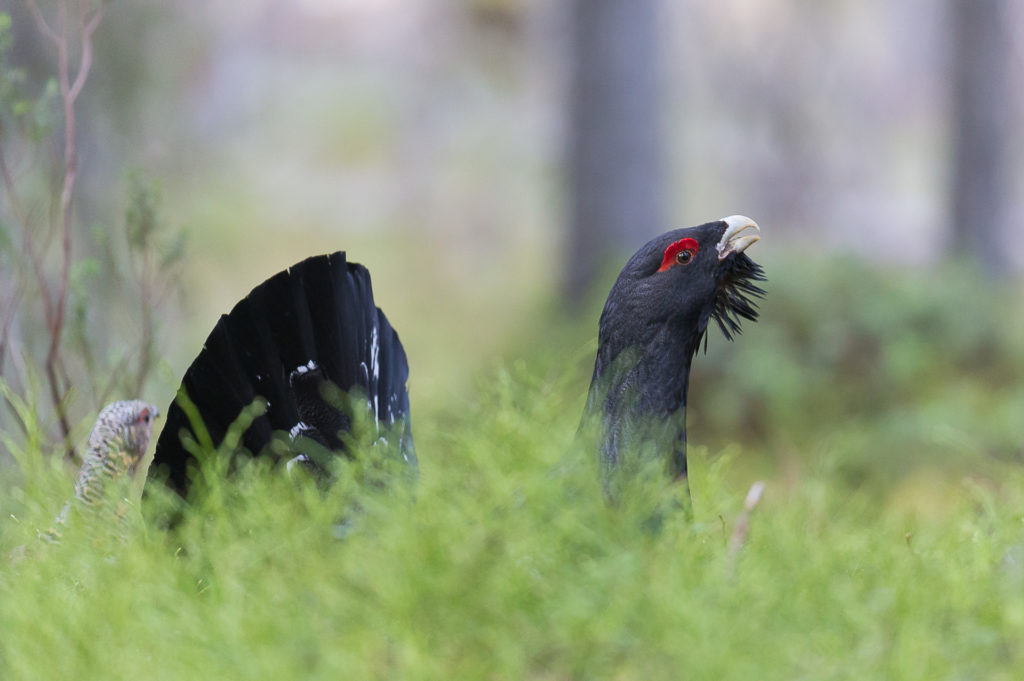
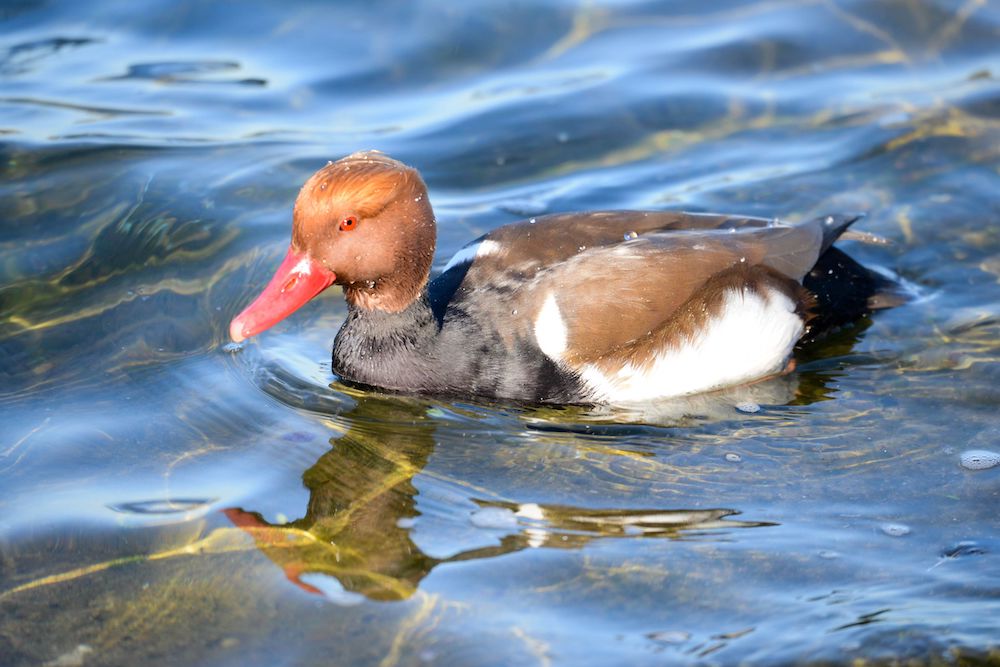
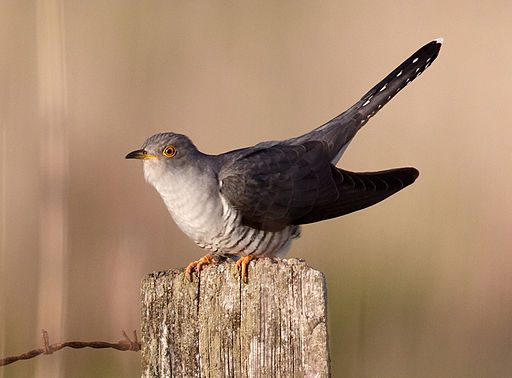
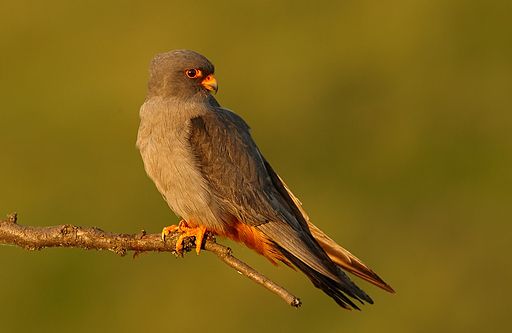
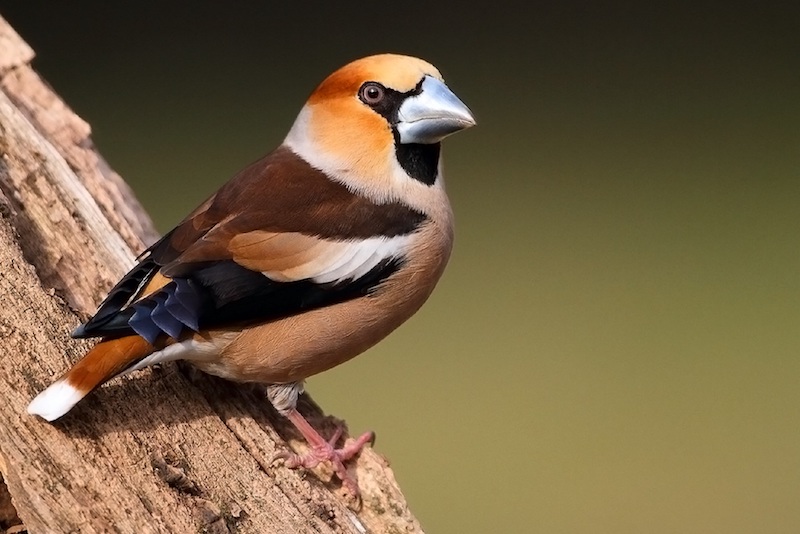
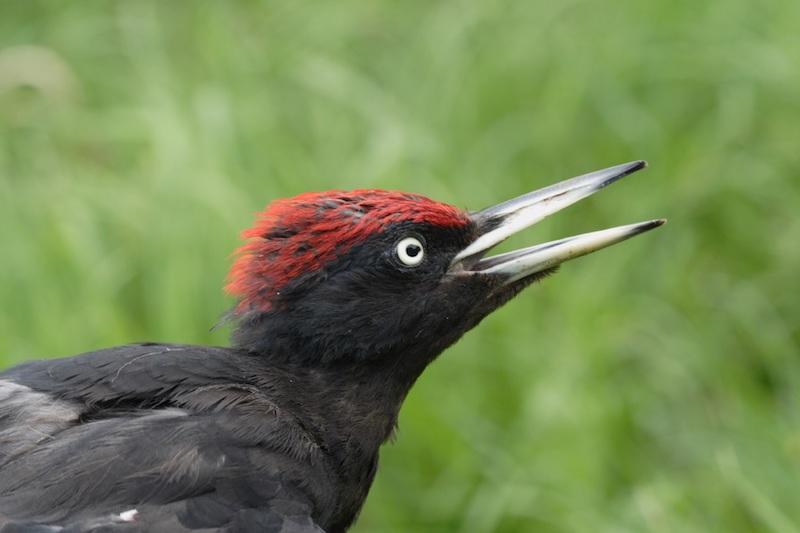
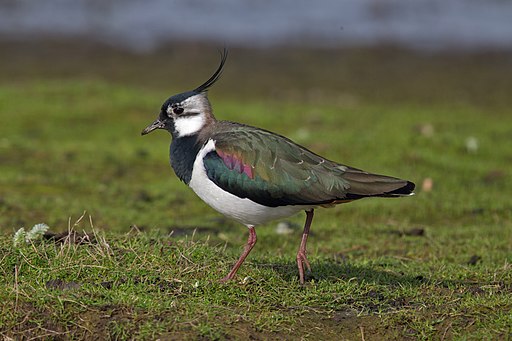
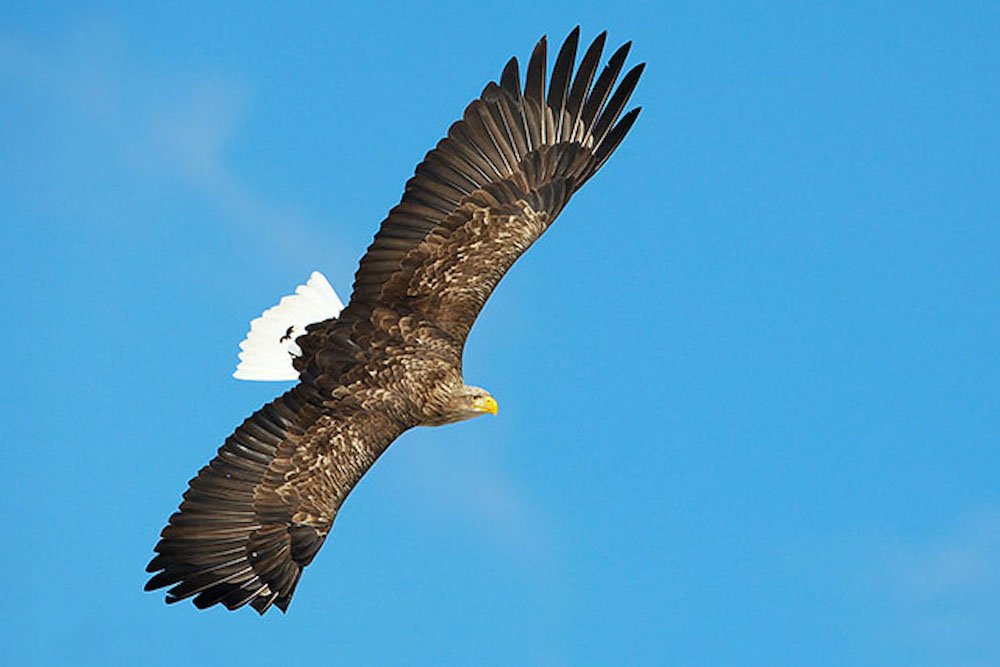
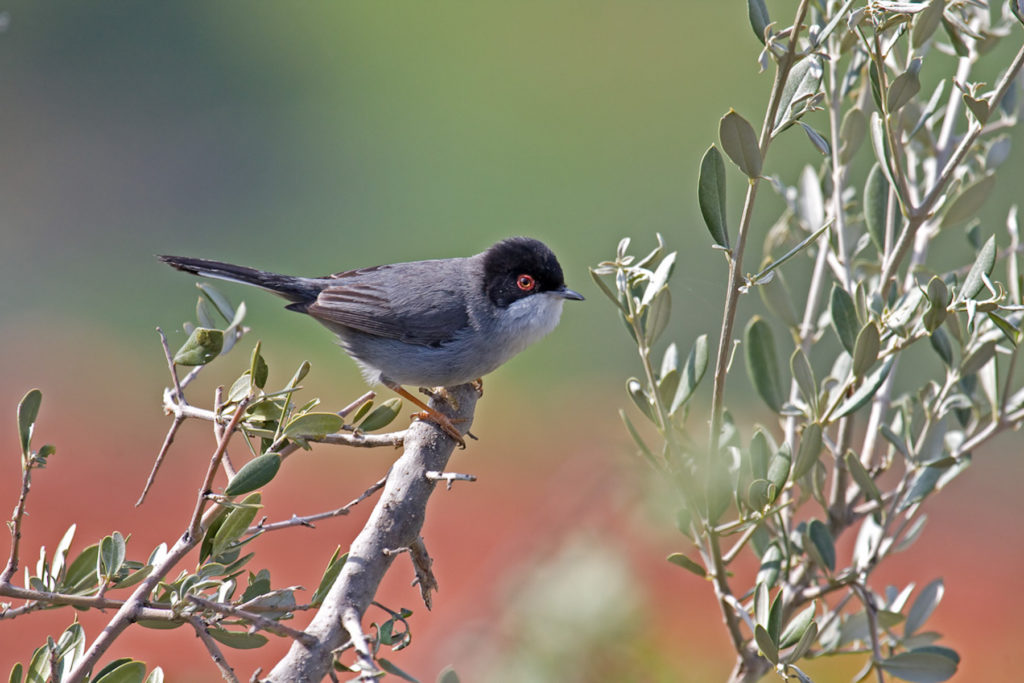

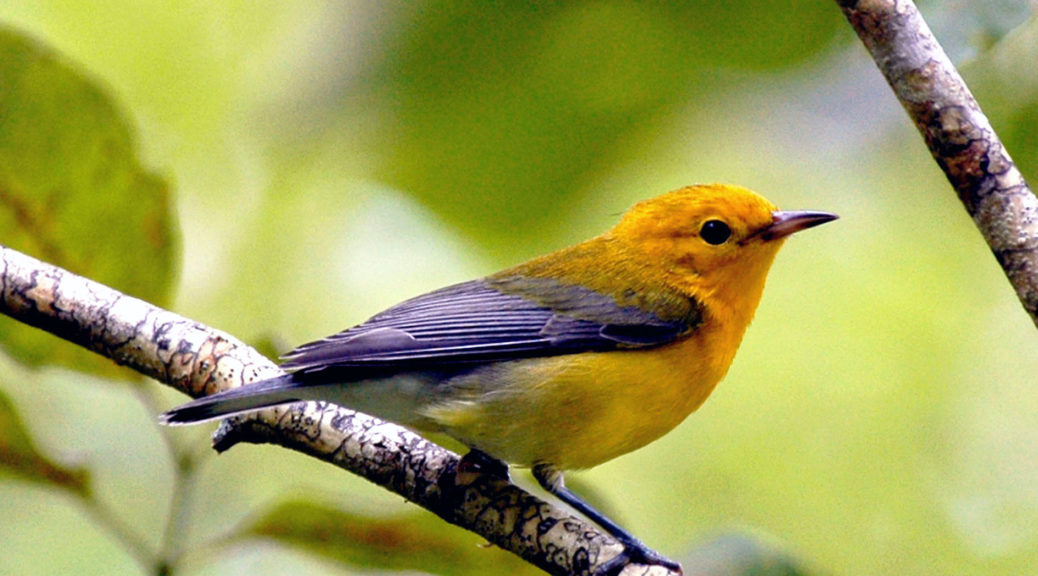
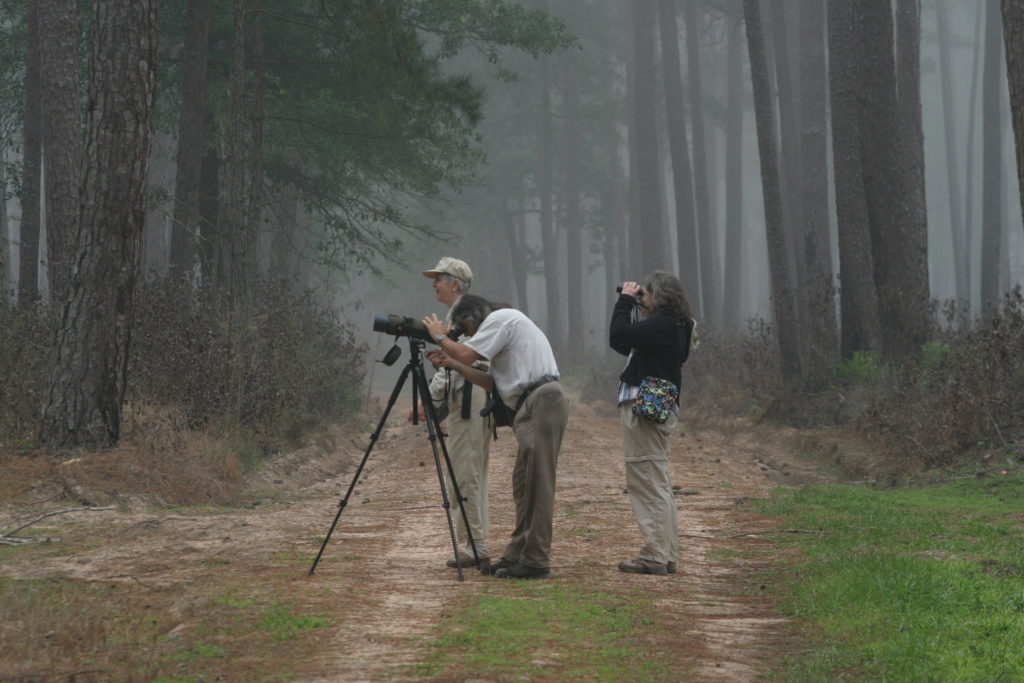
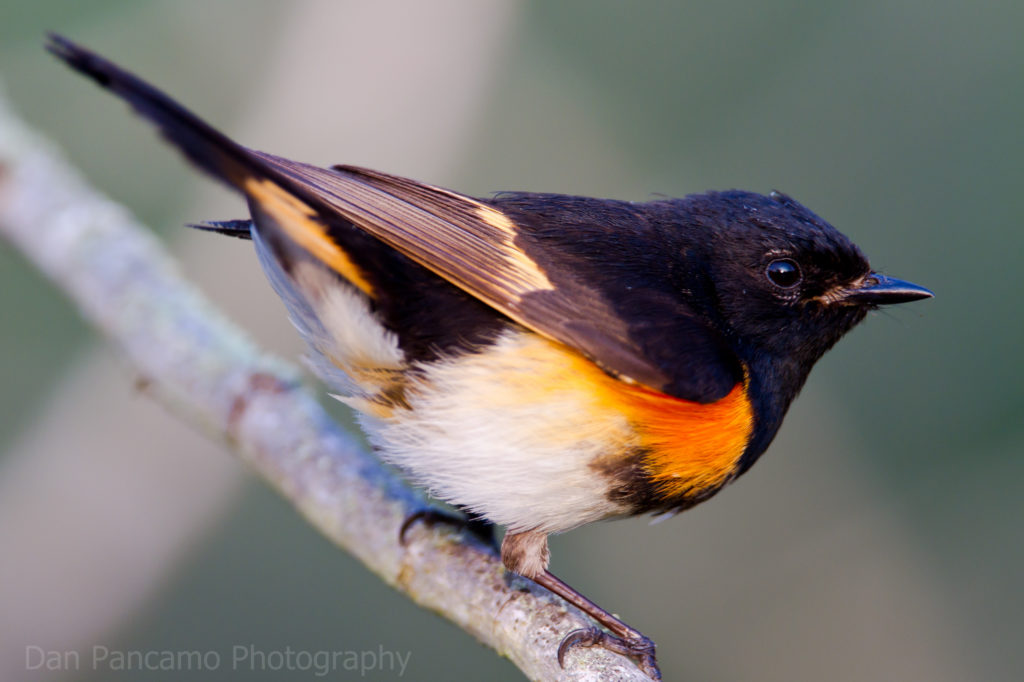
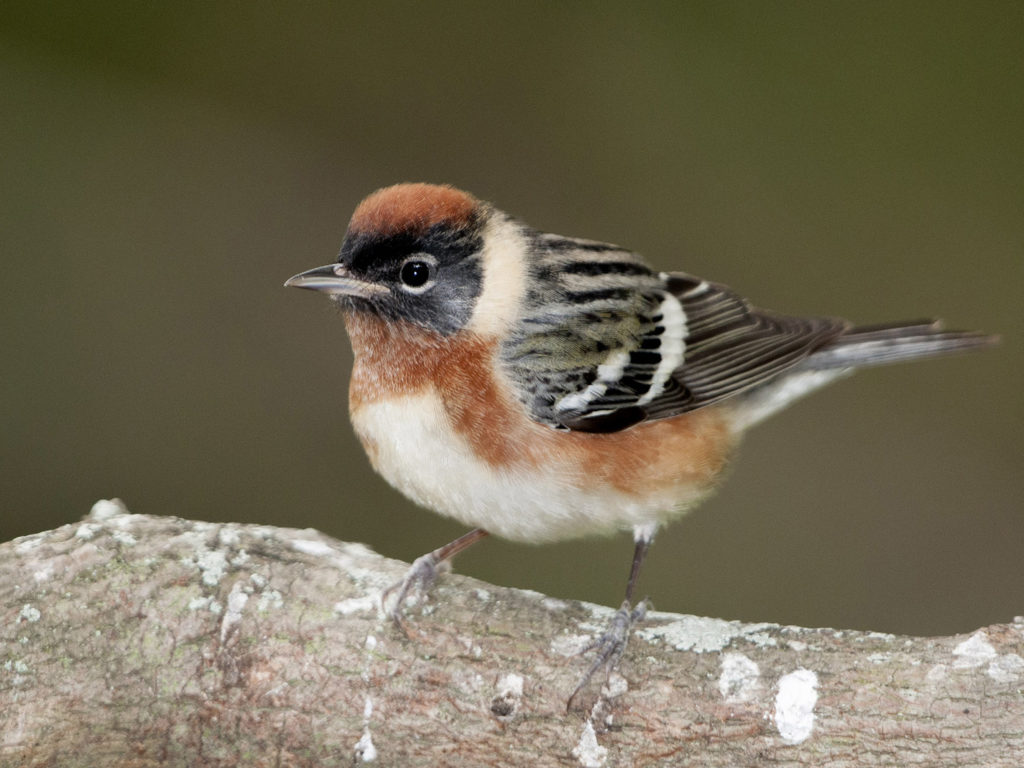
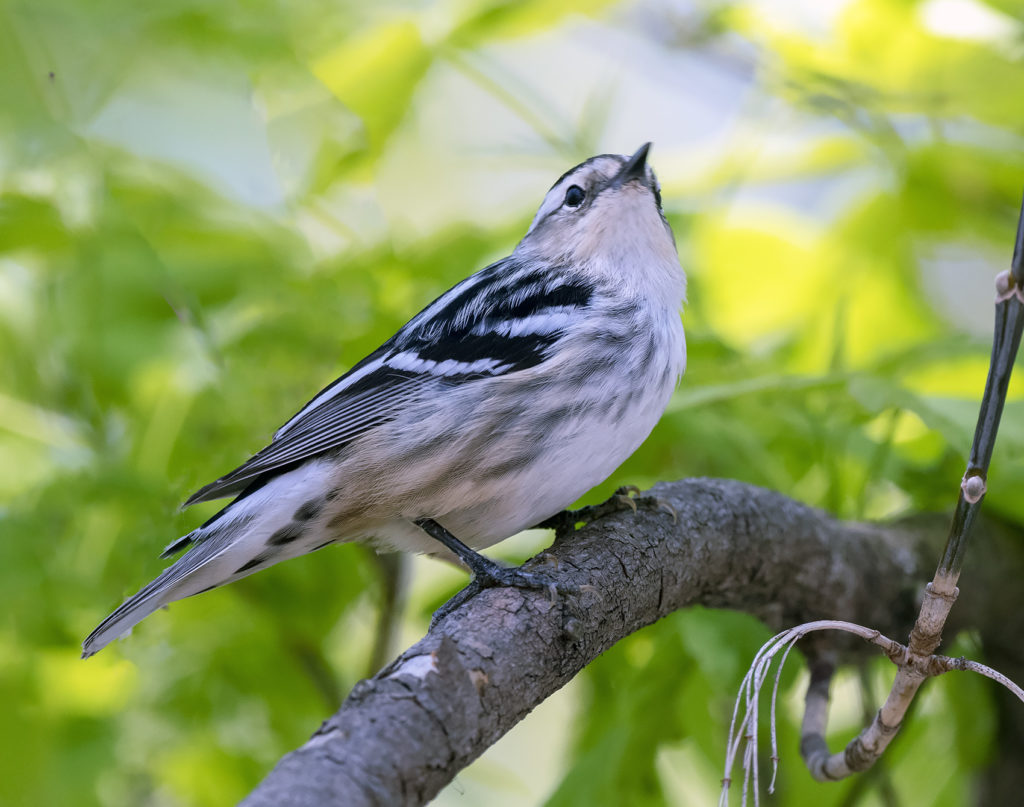
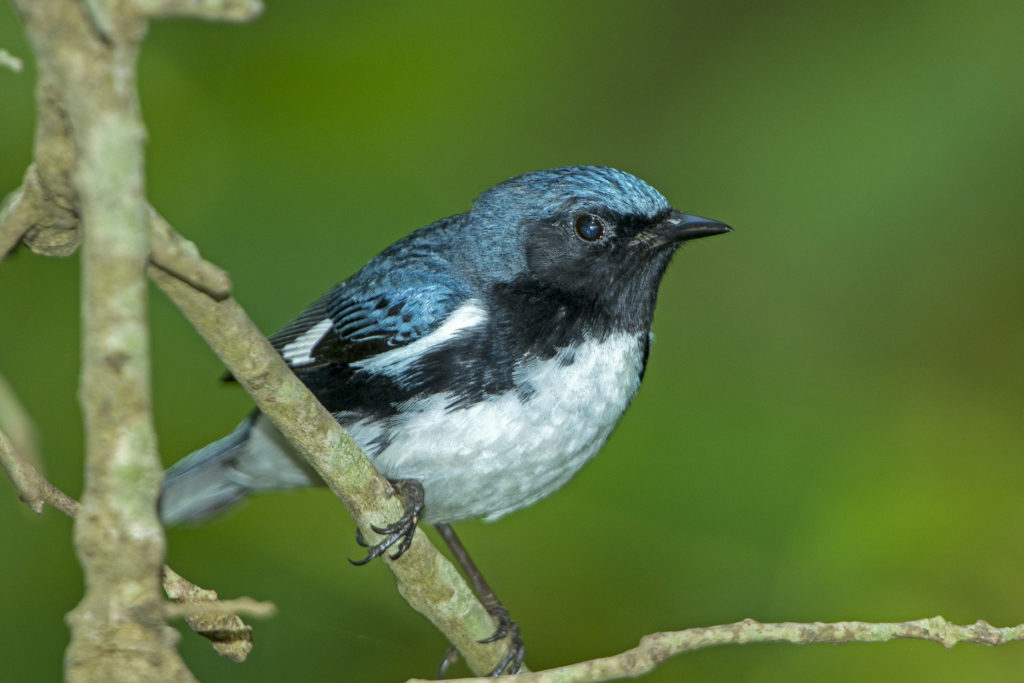
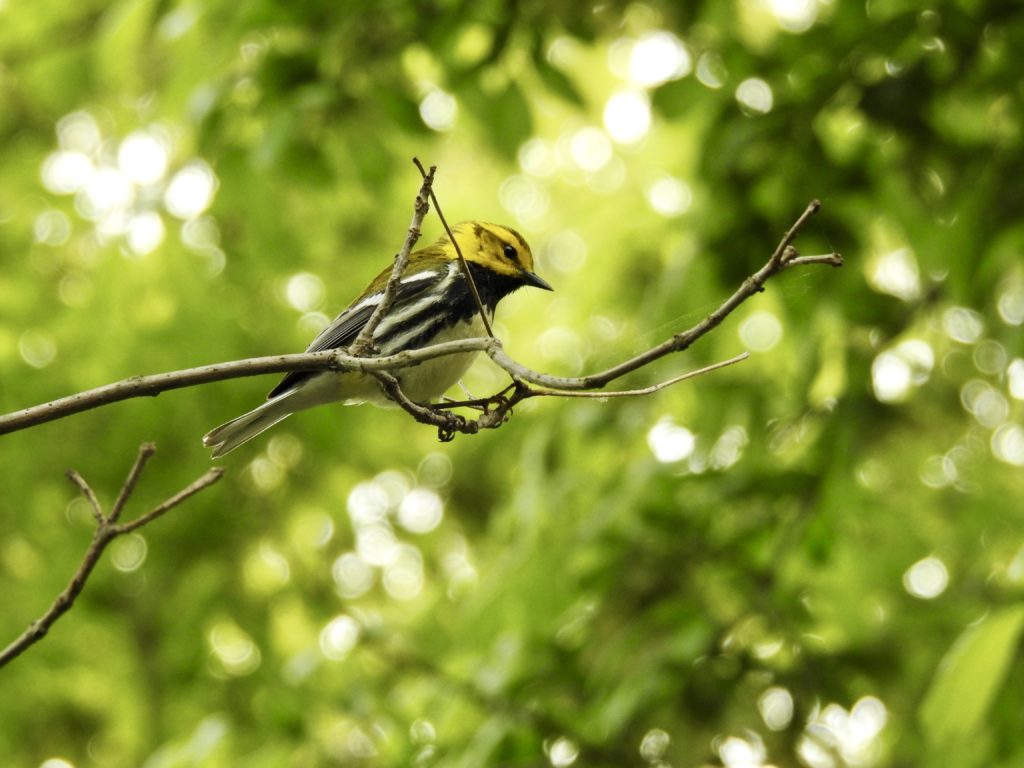
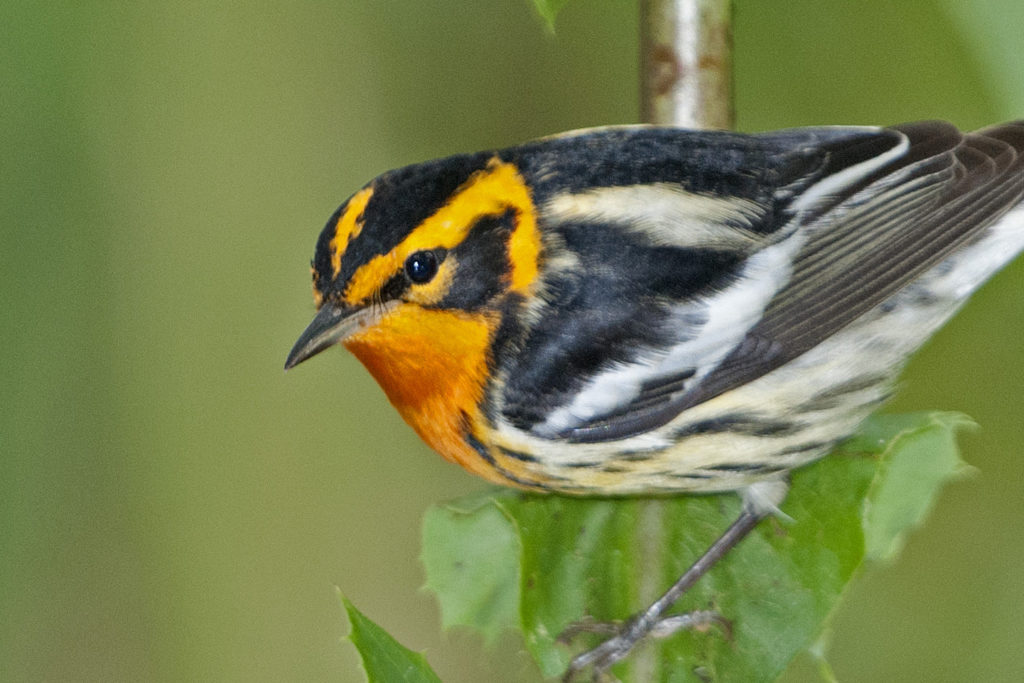
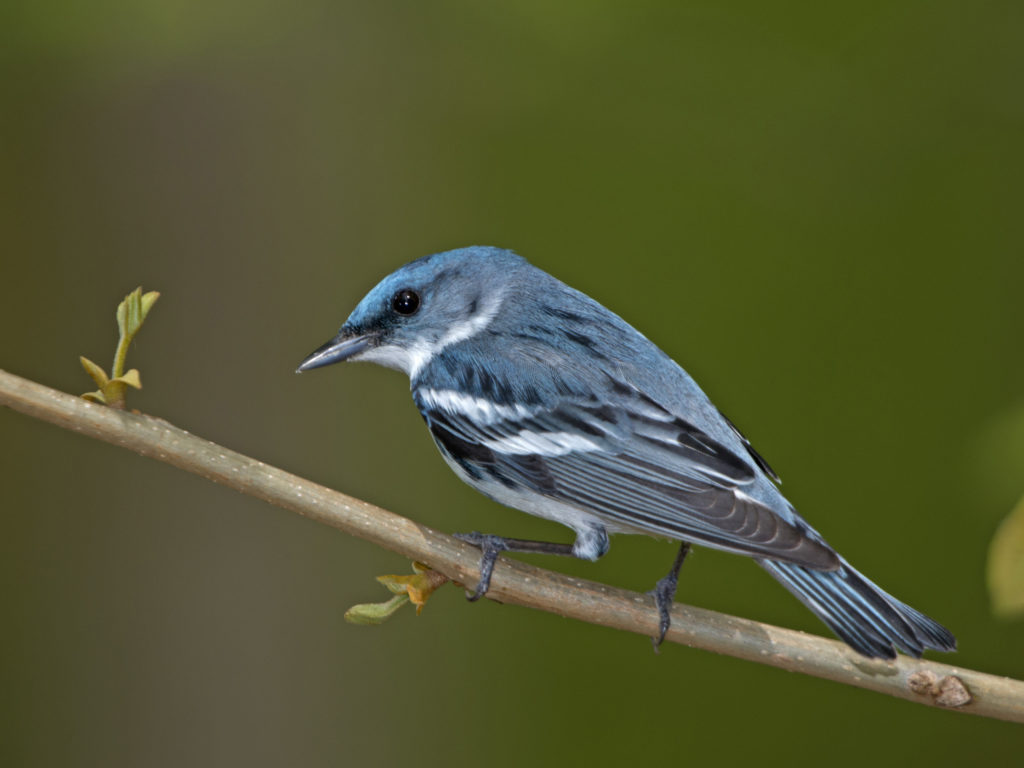
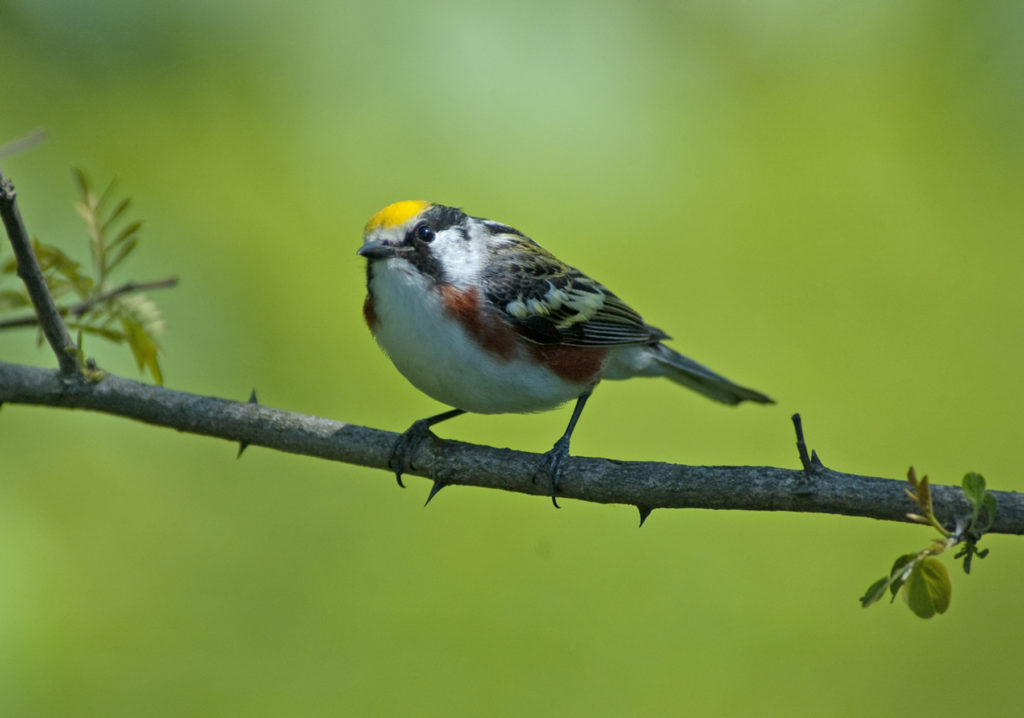
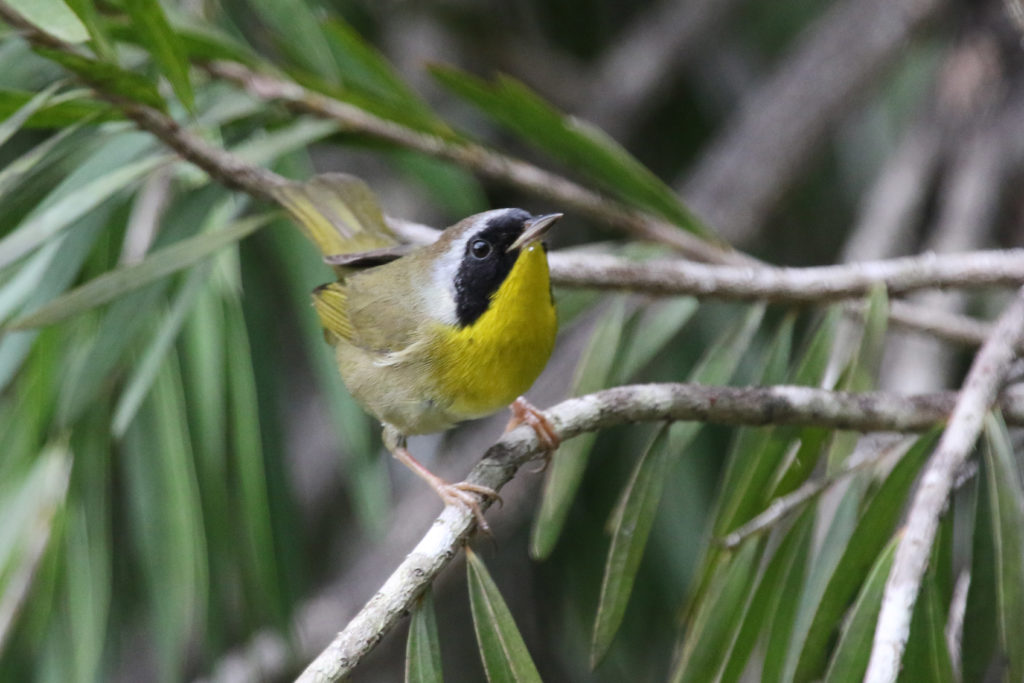
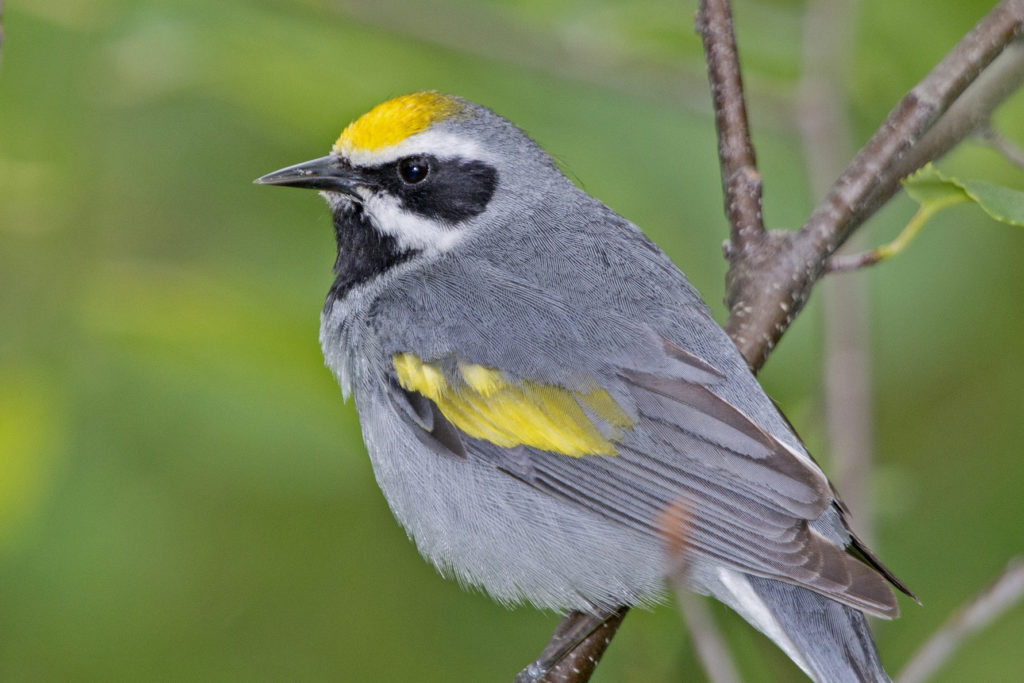
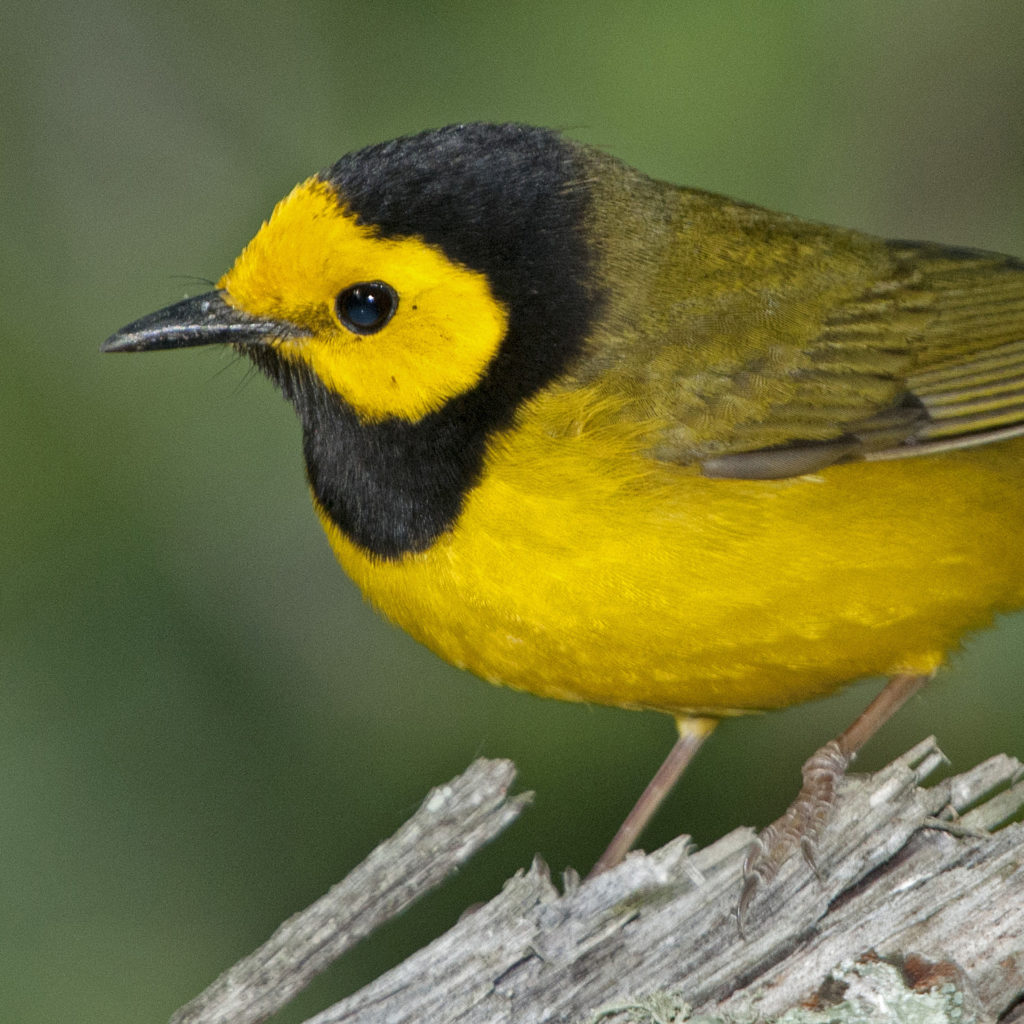
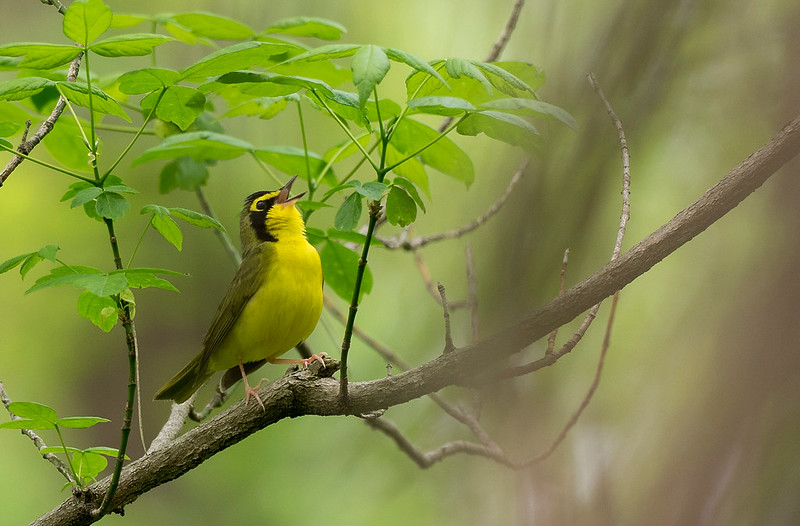
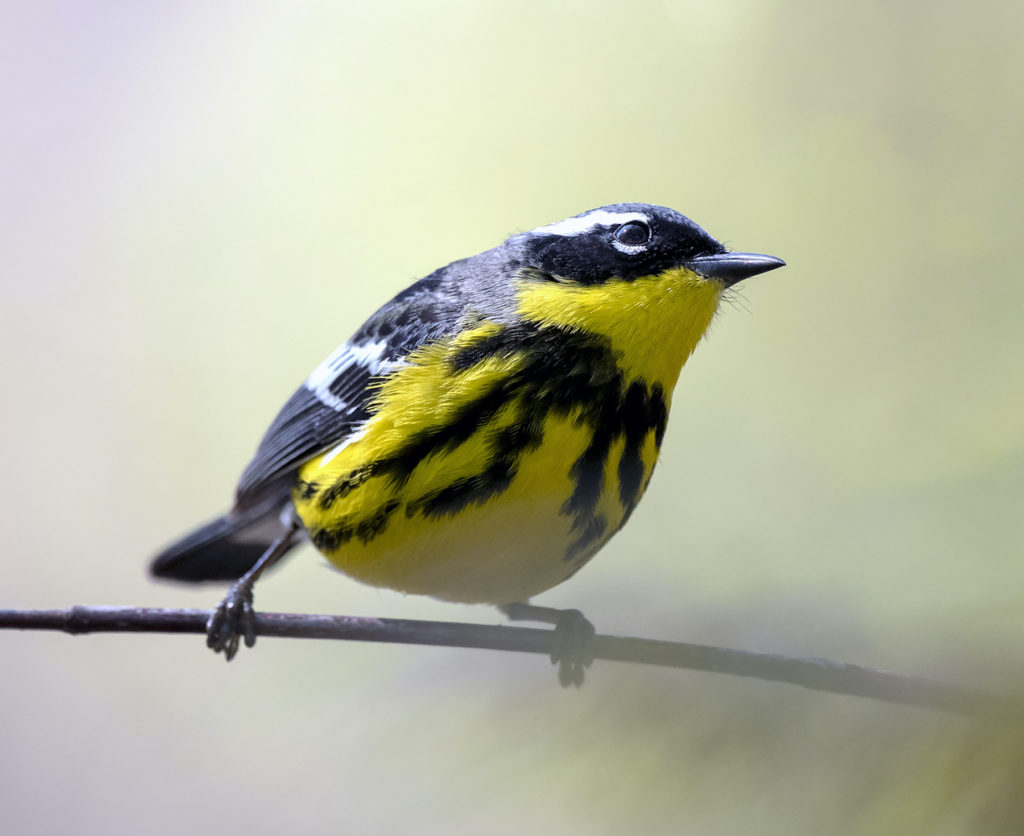
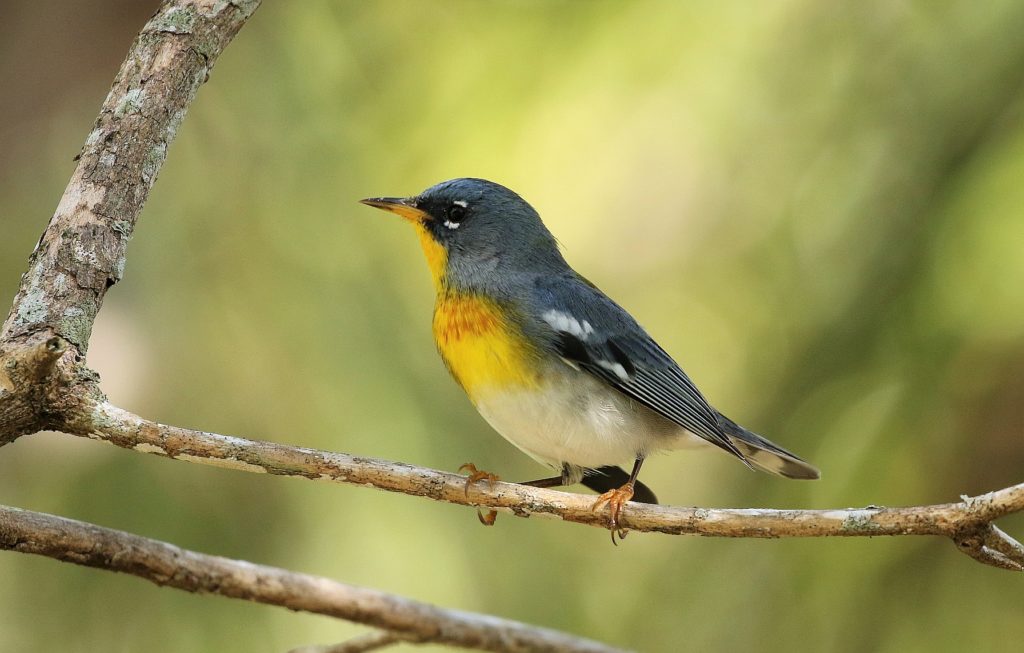
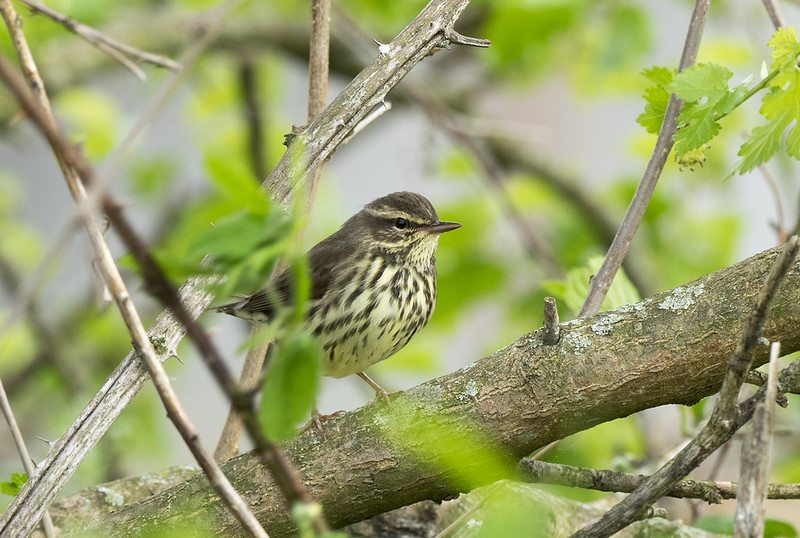
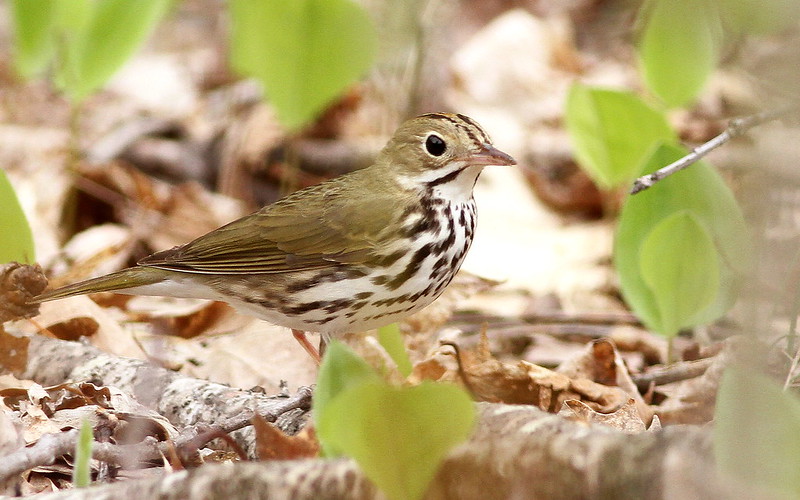
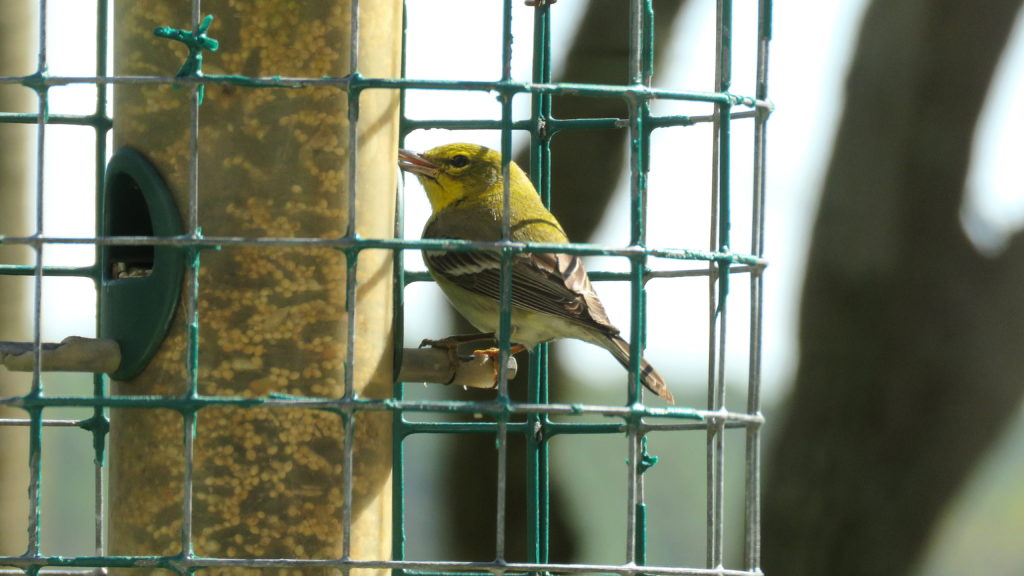
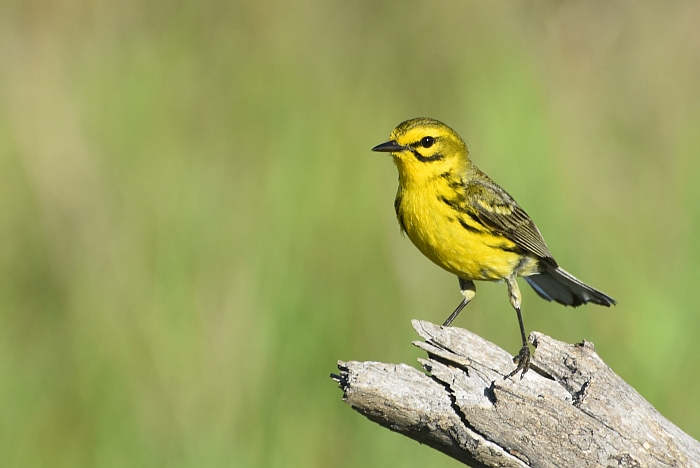
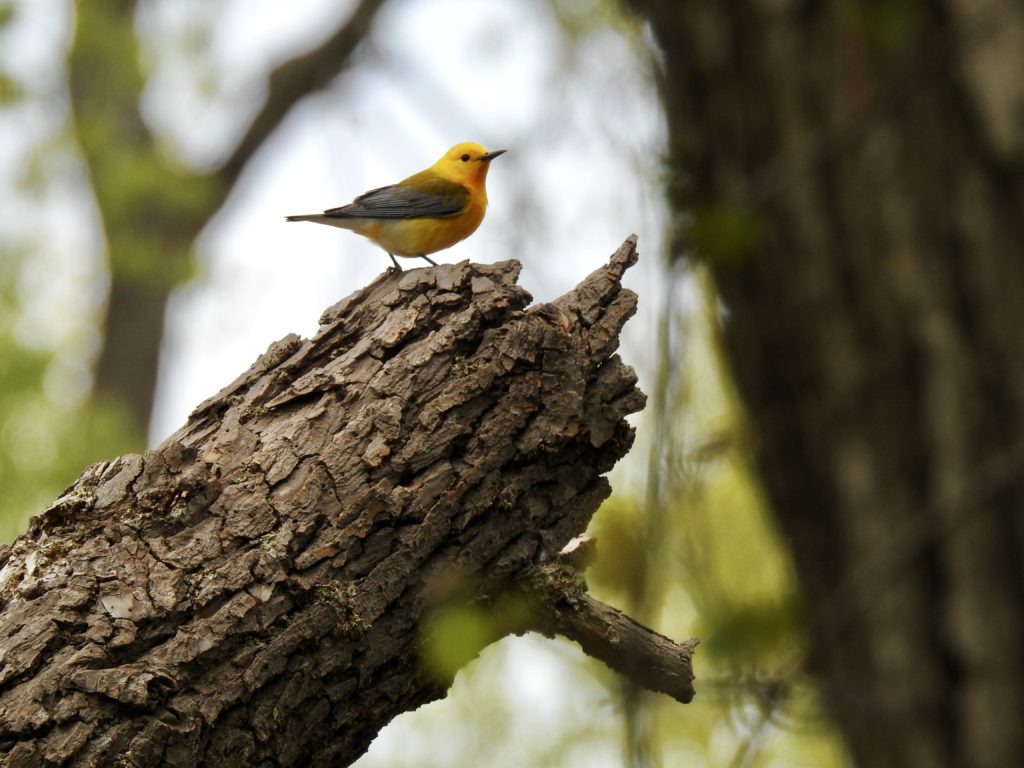
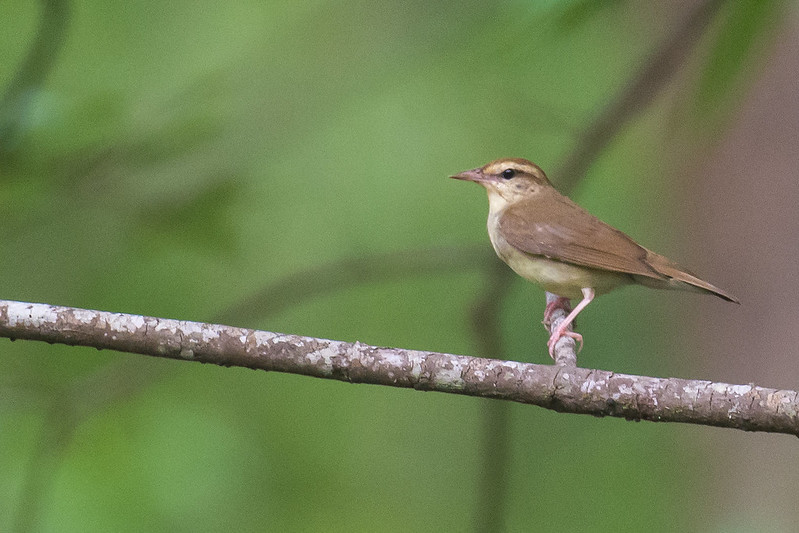
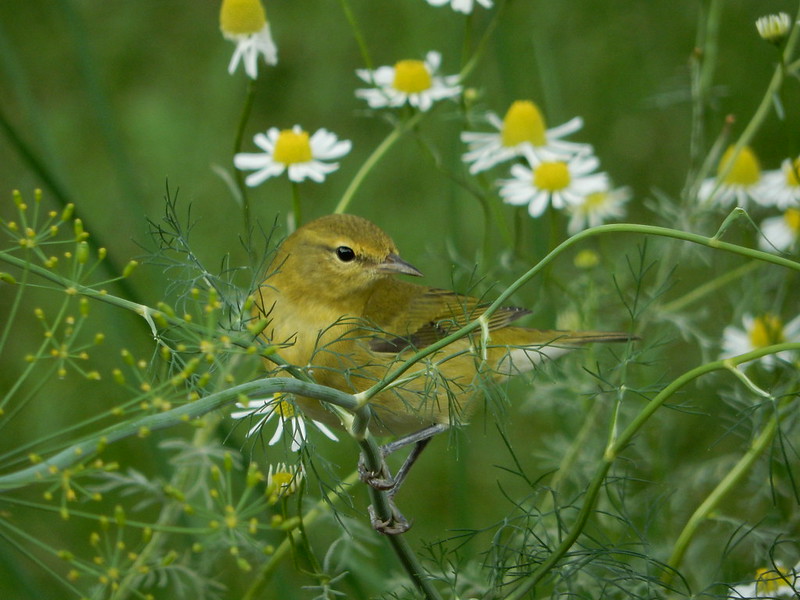
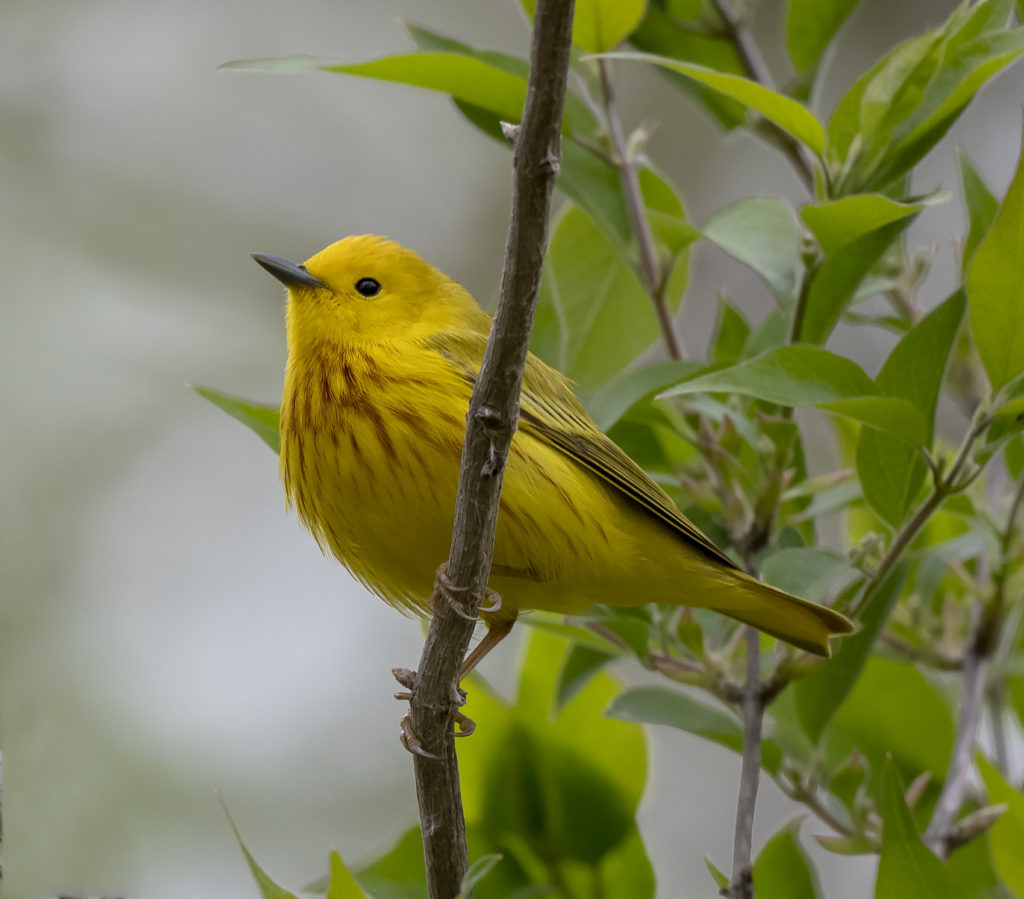
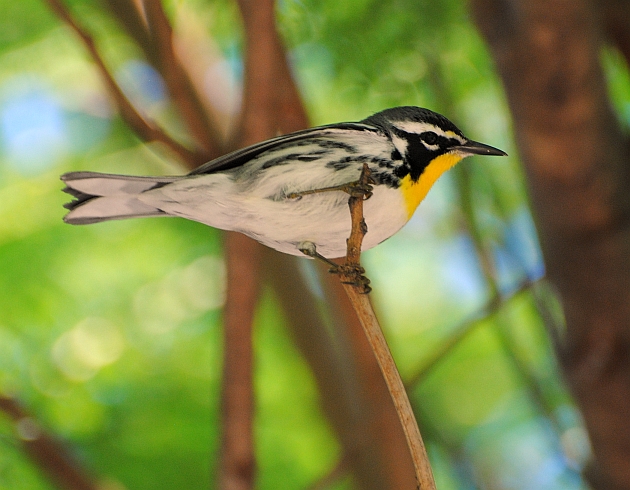

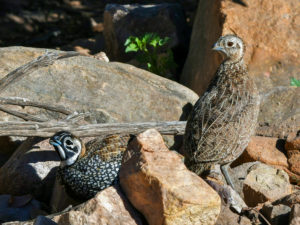
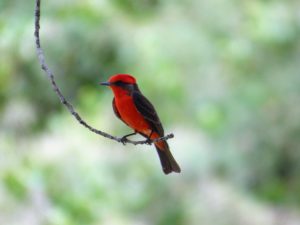
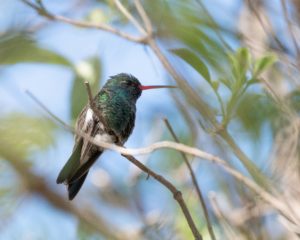
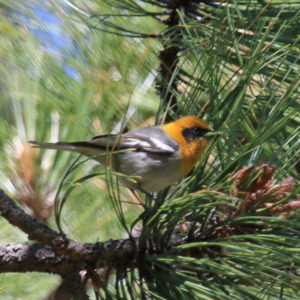

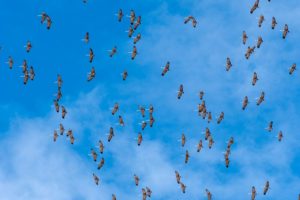 Bonus Bird: Sandhill Crane
Bonus Bird: Sandhill Crane